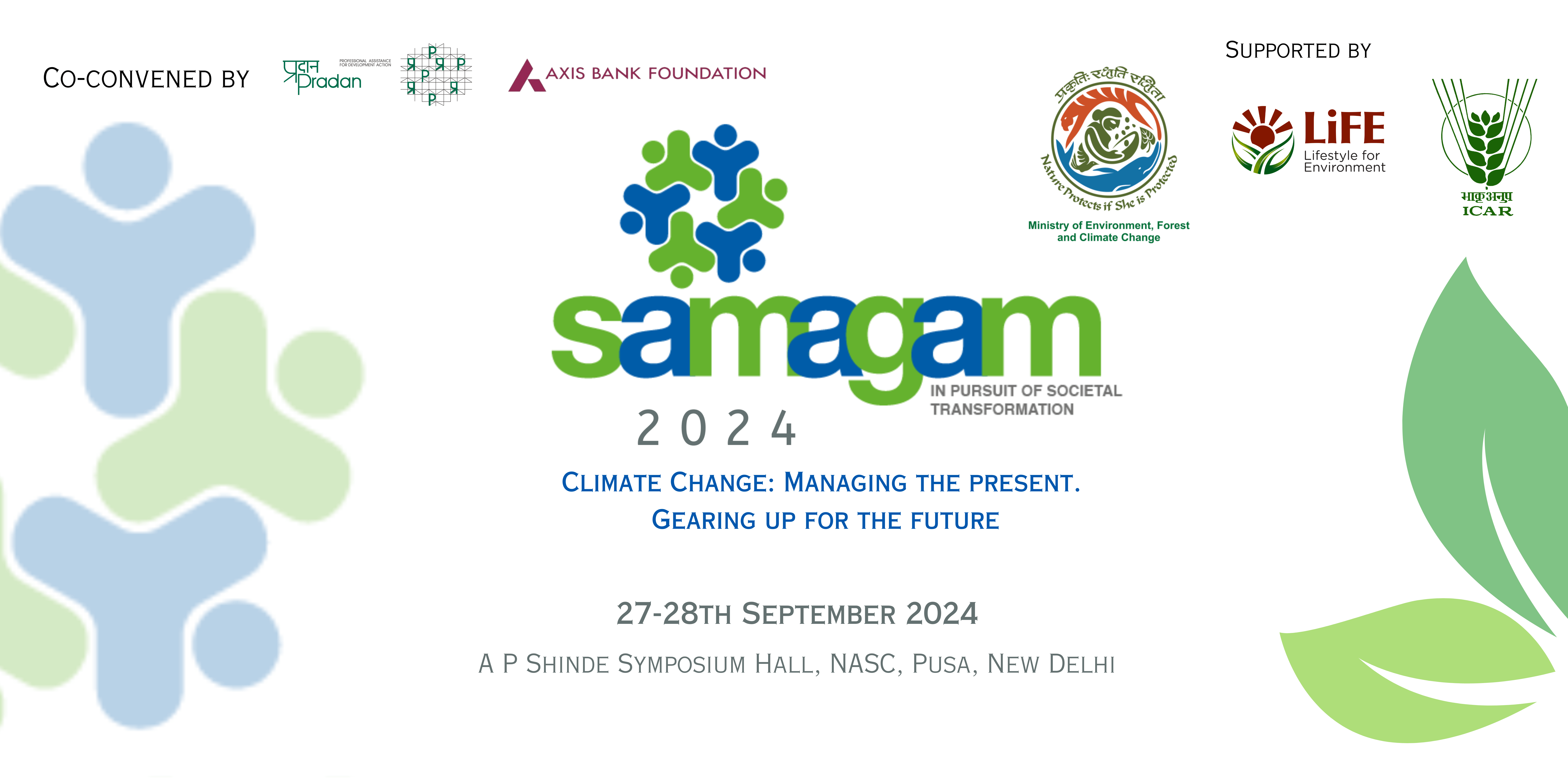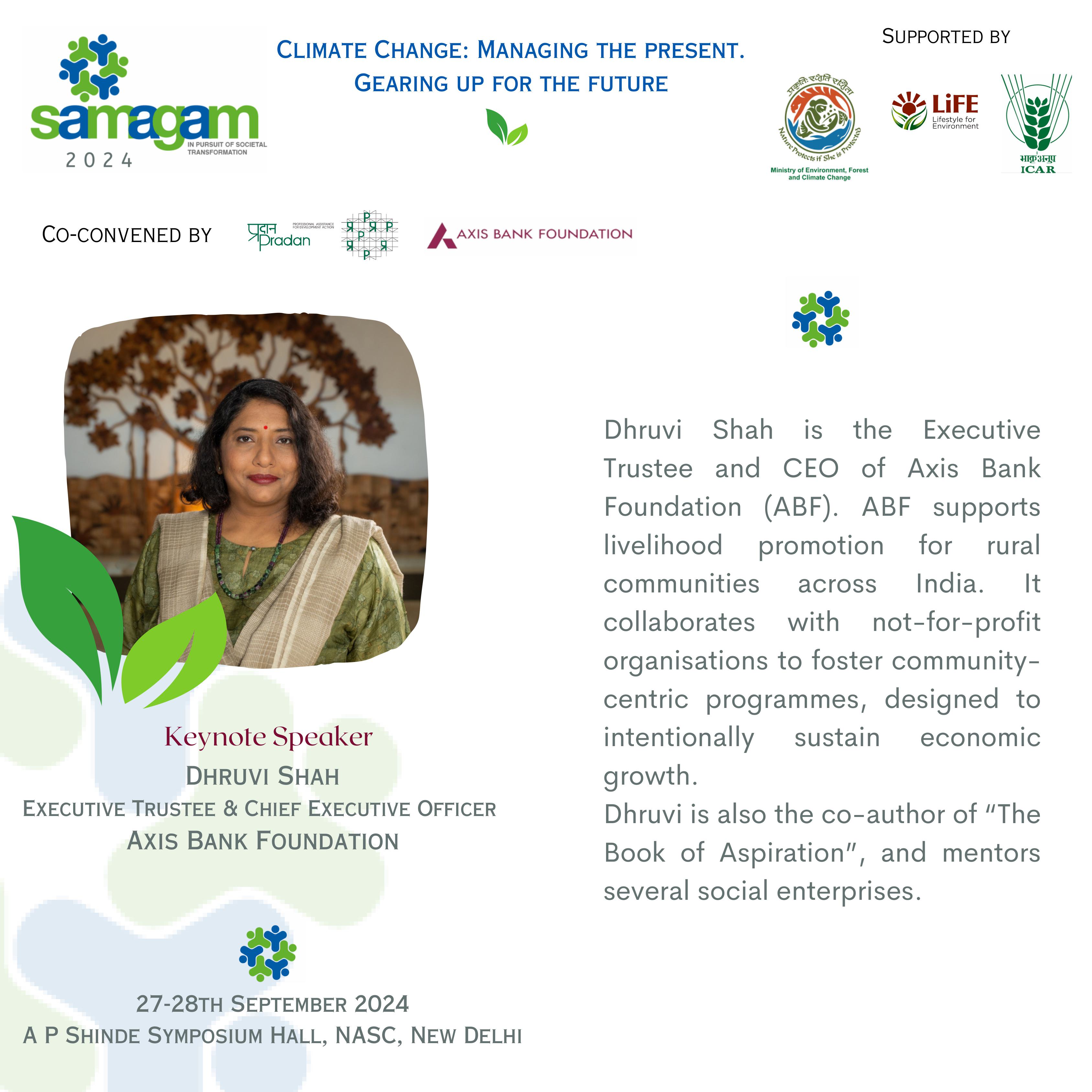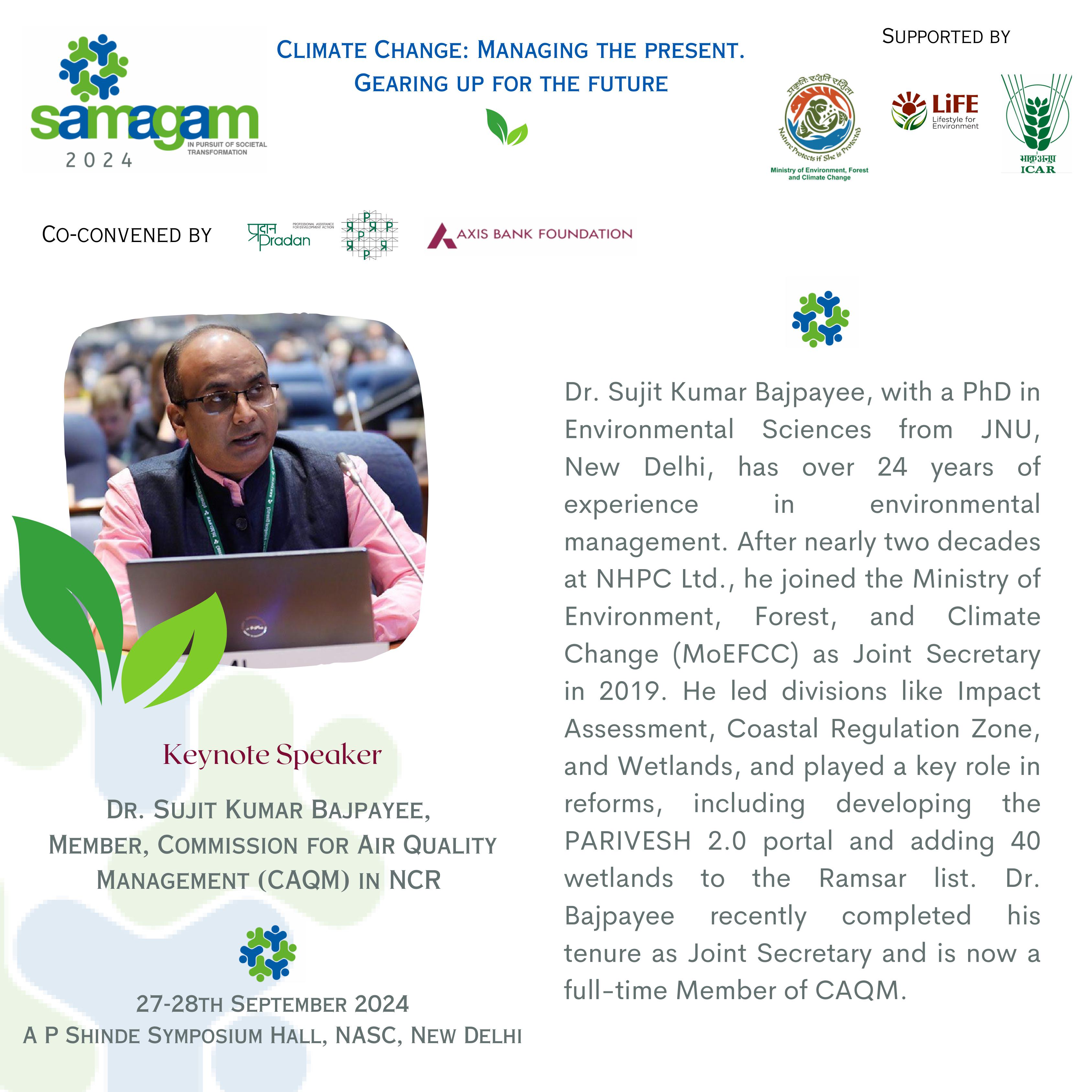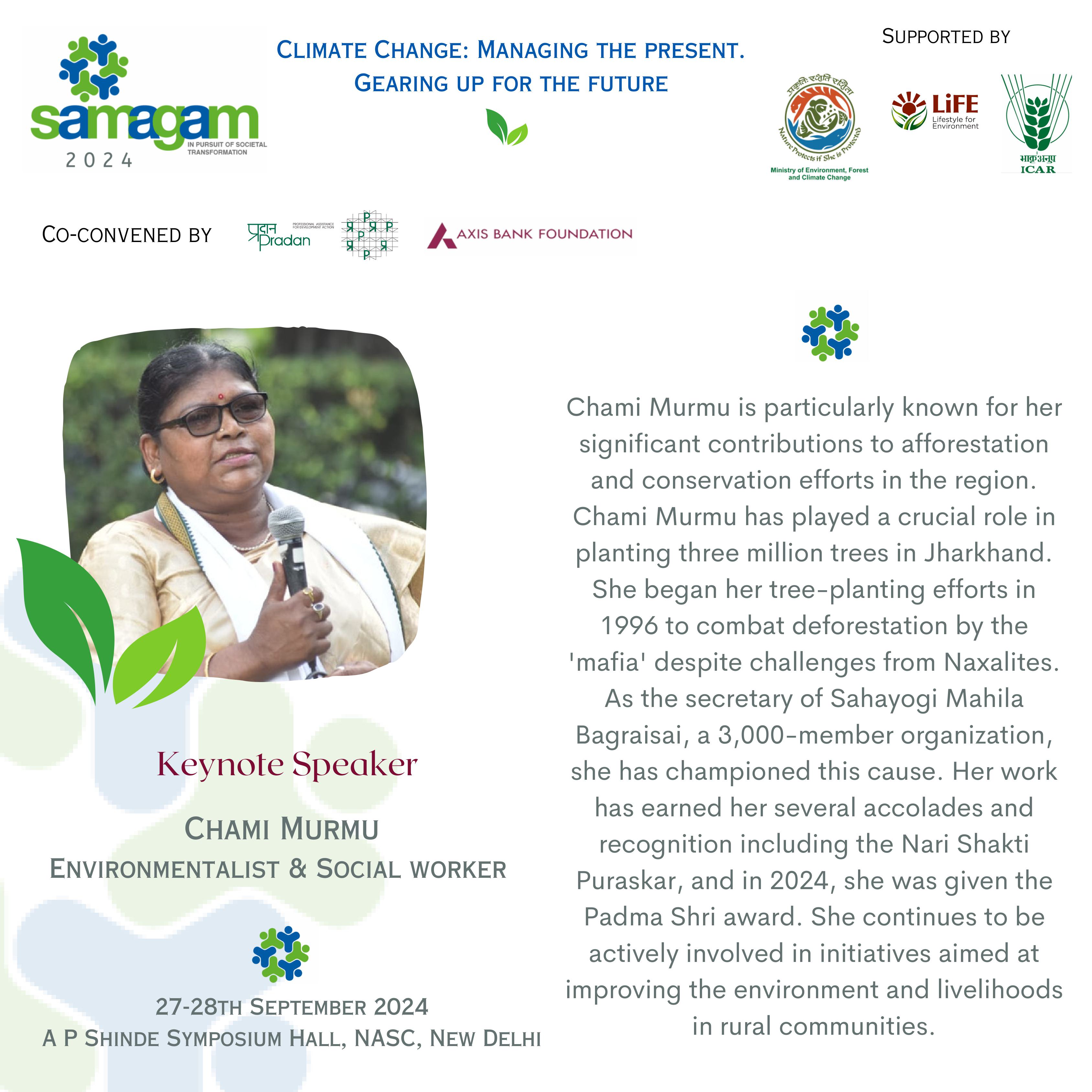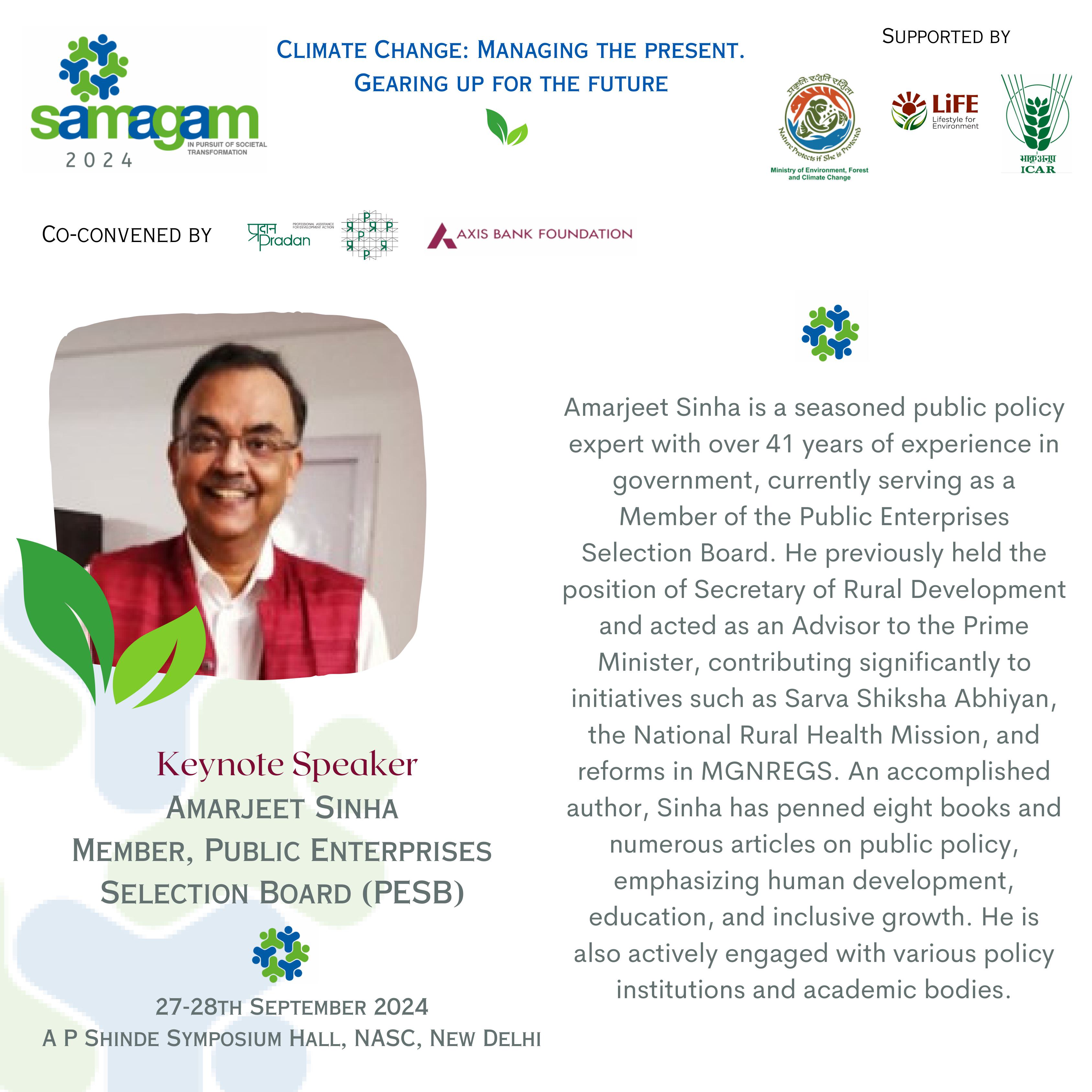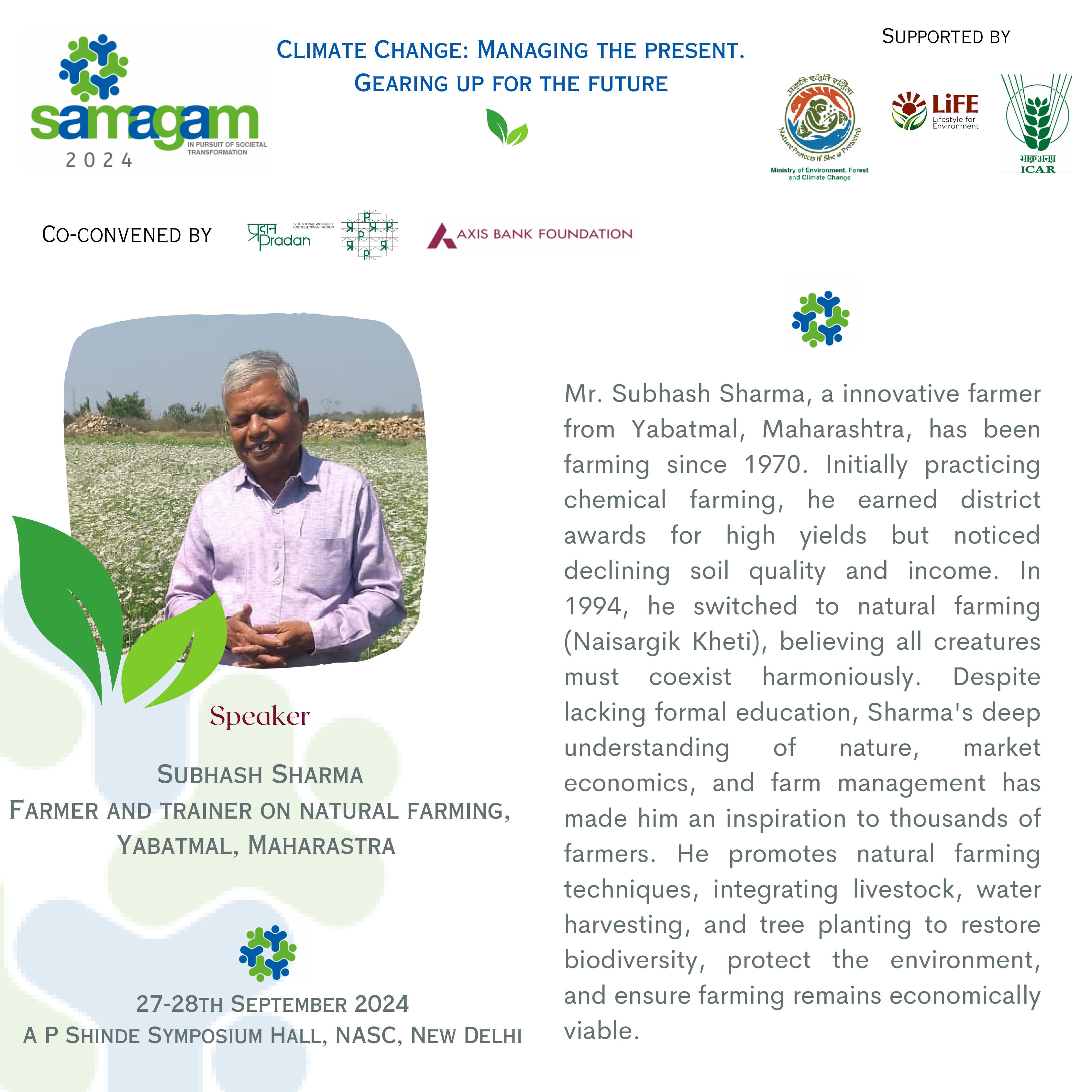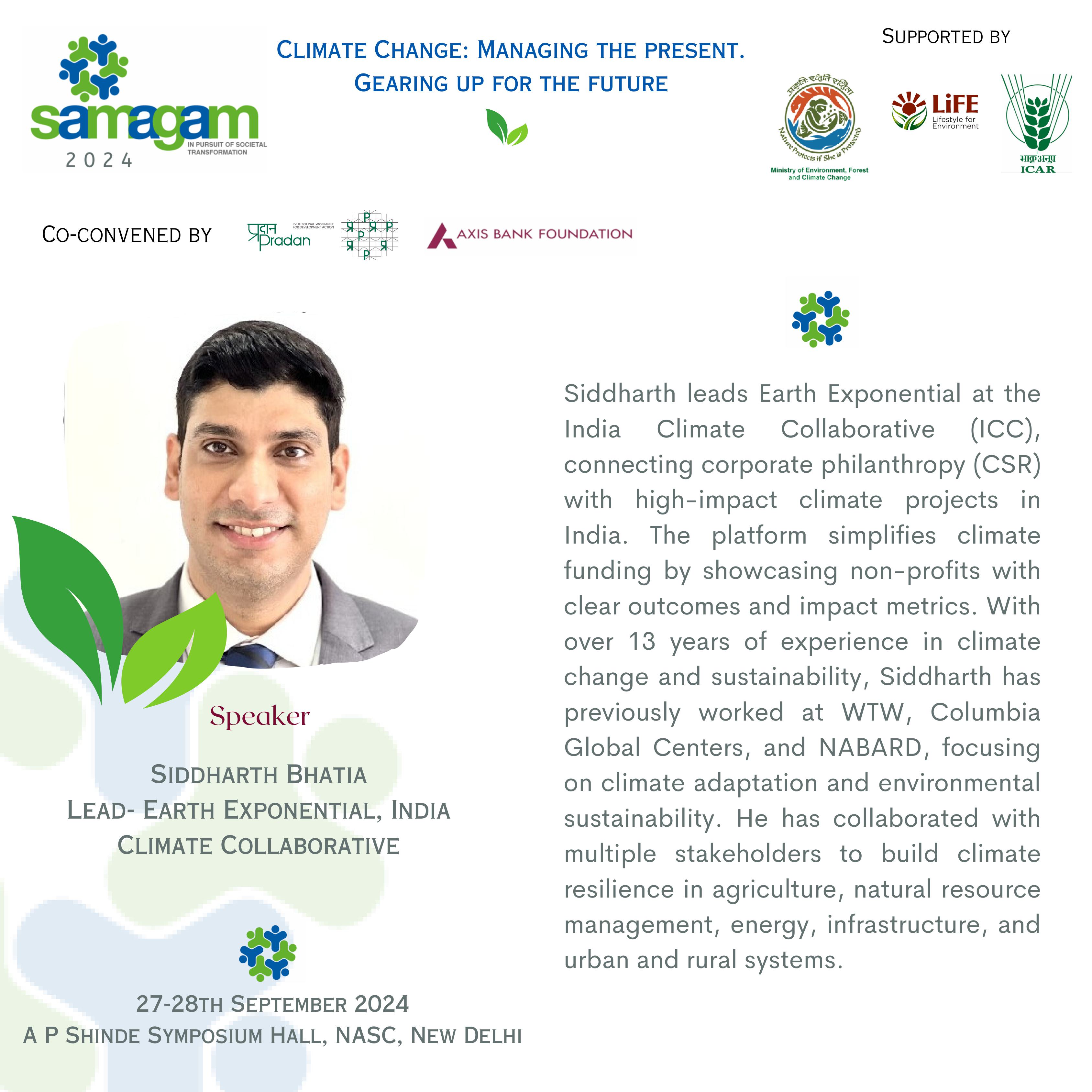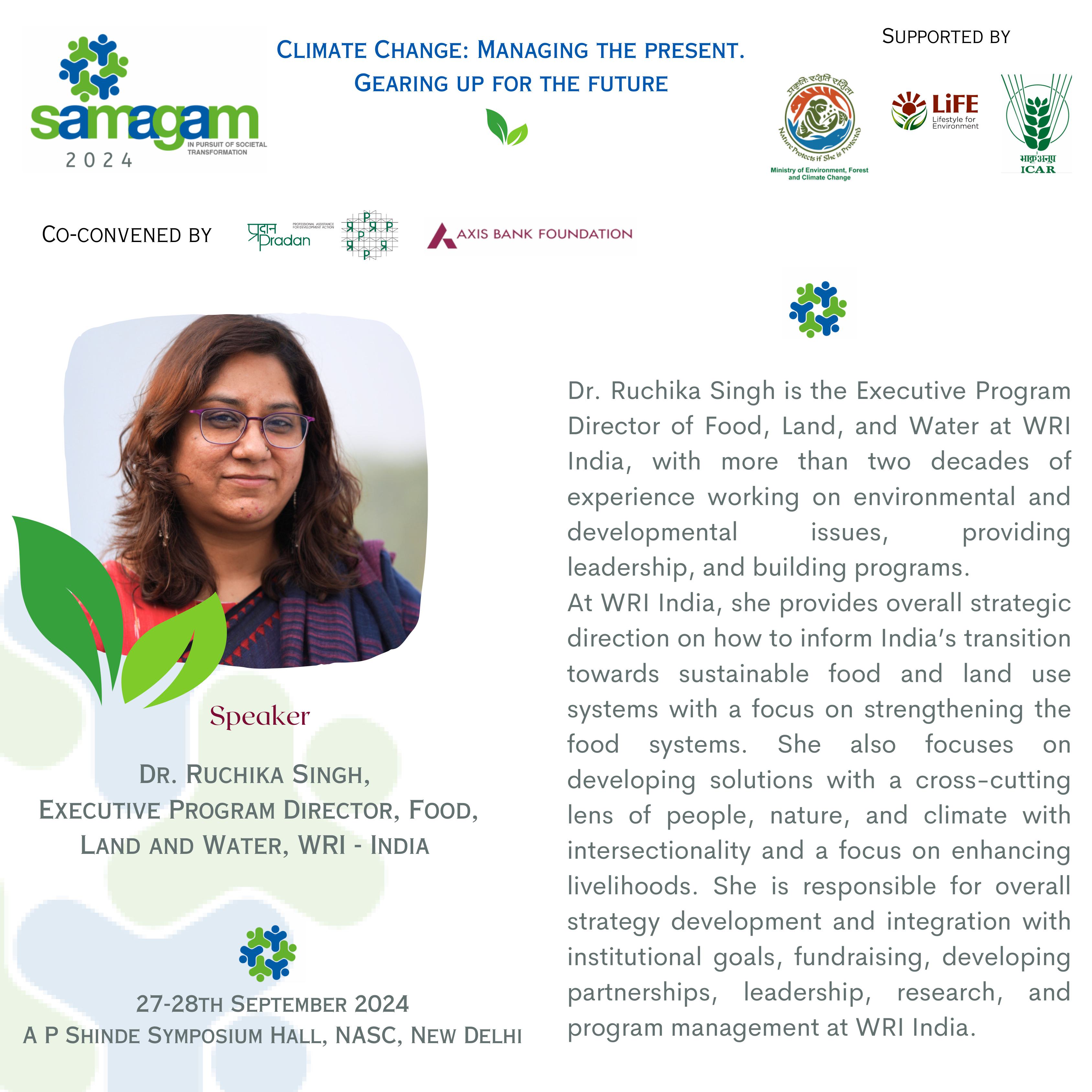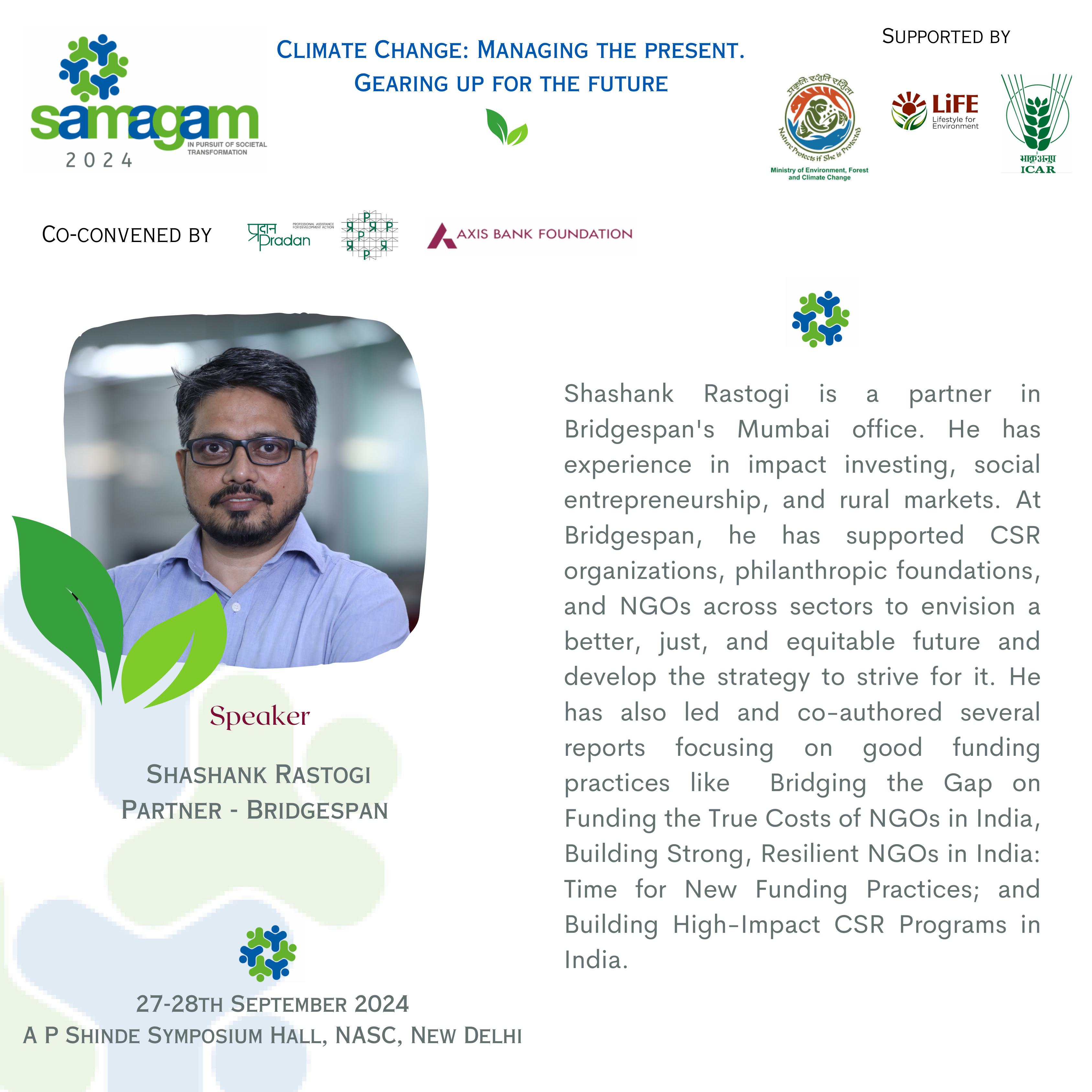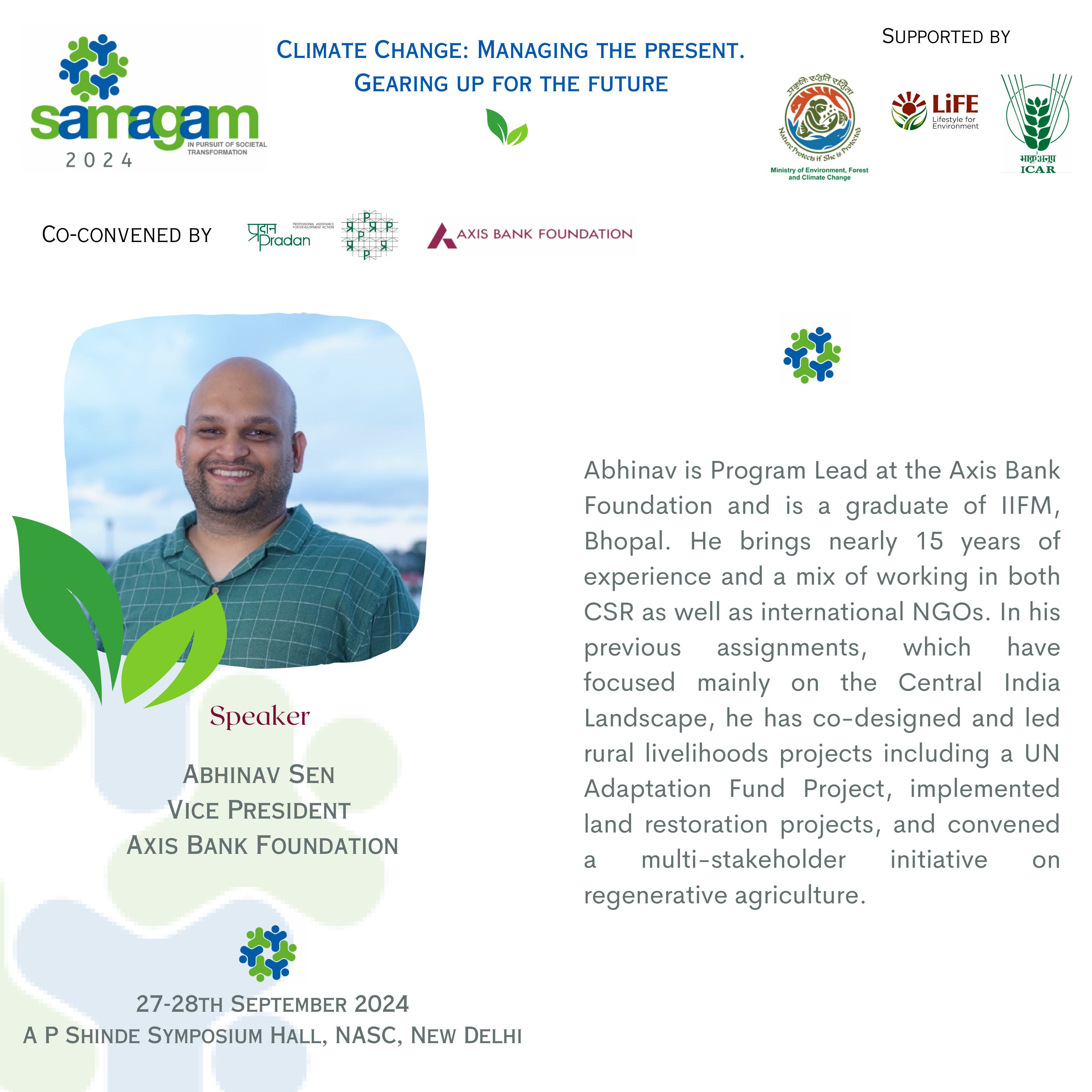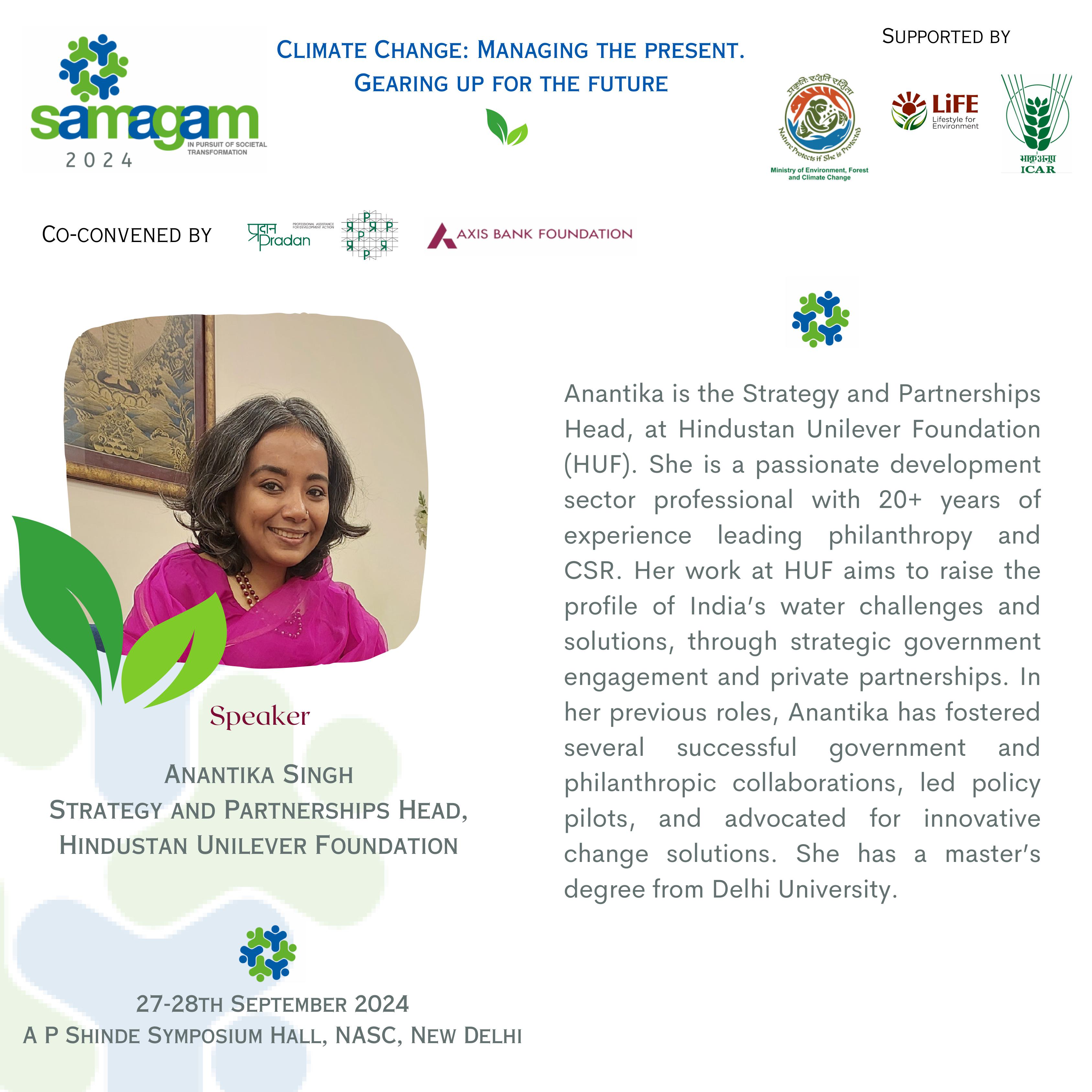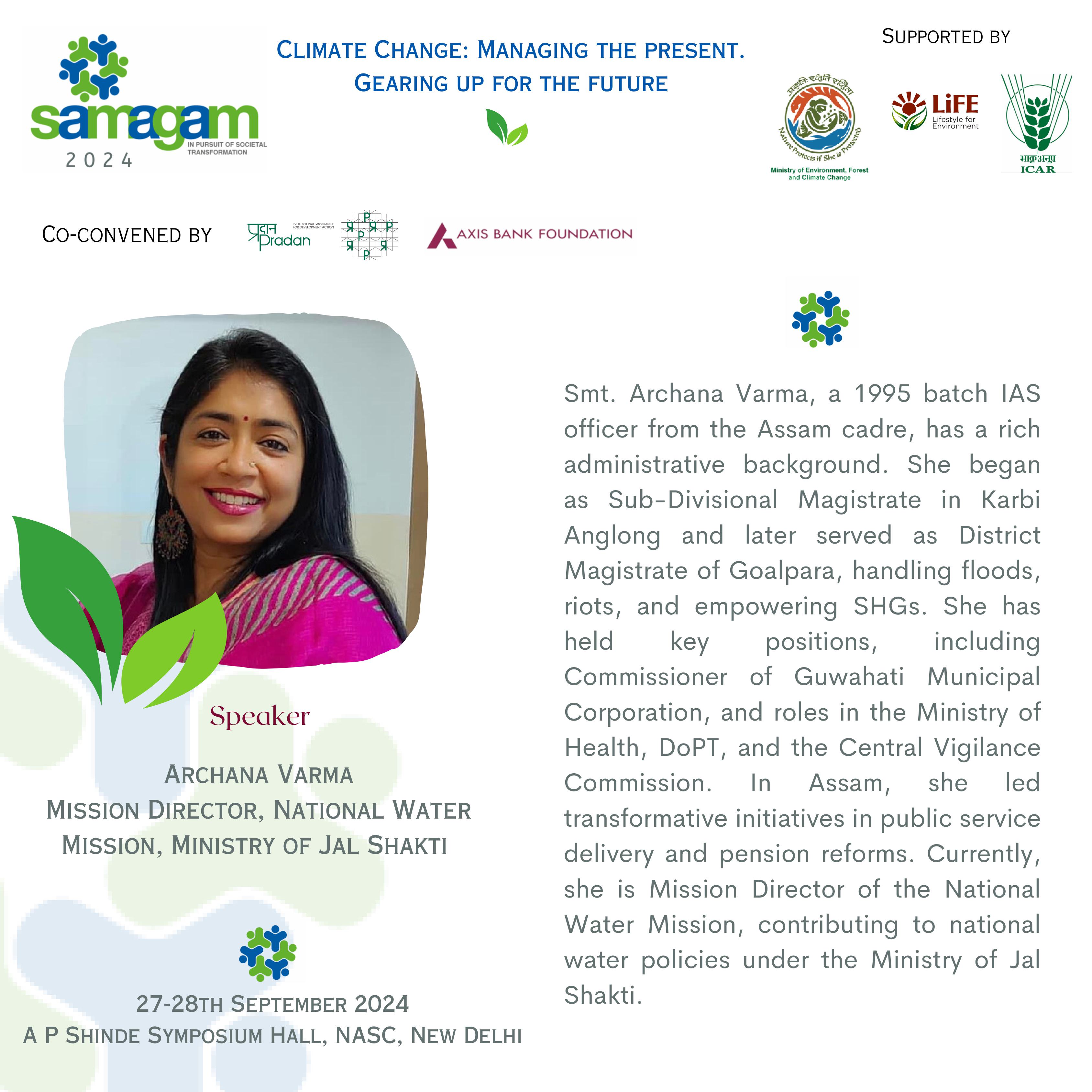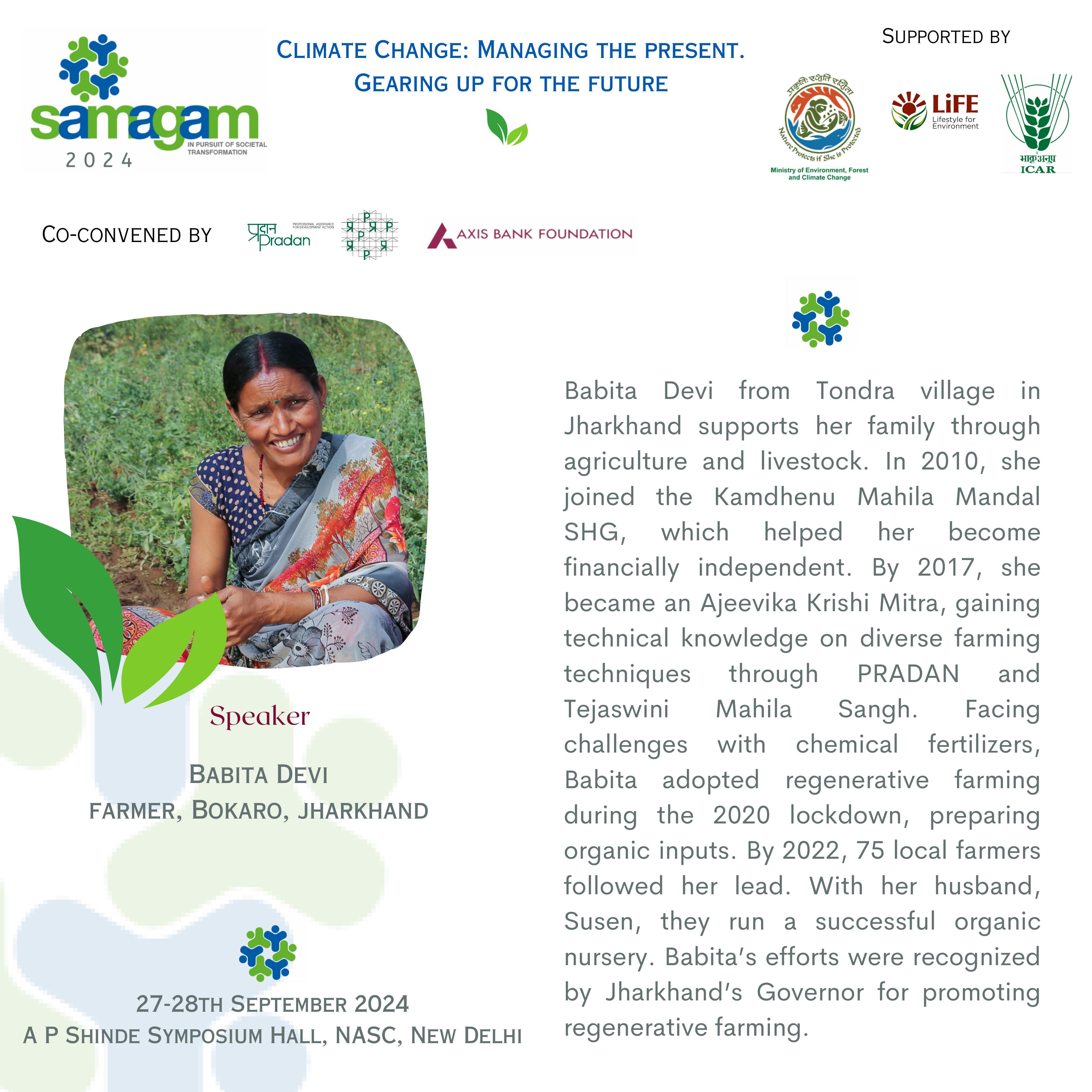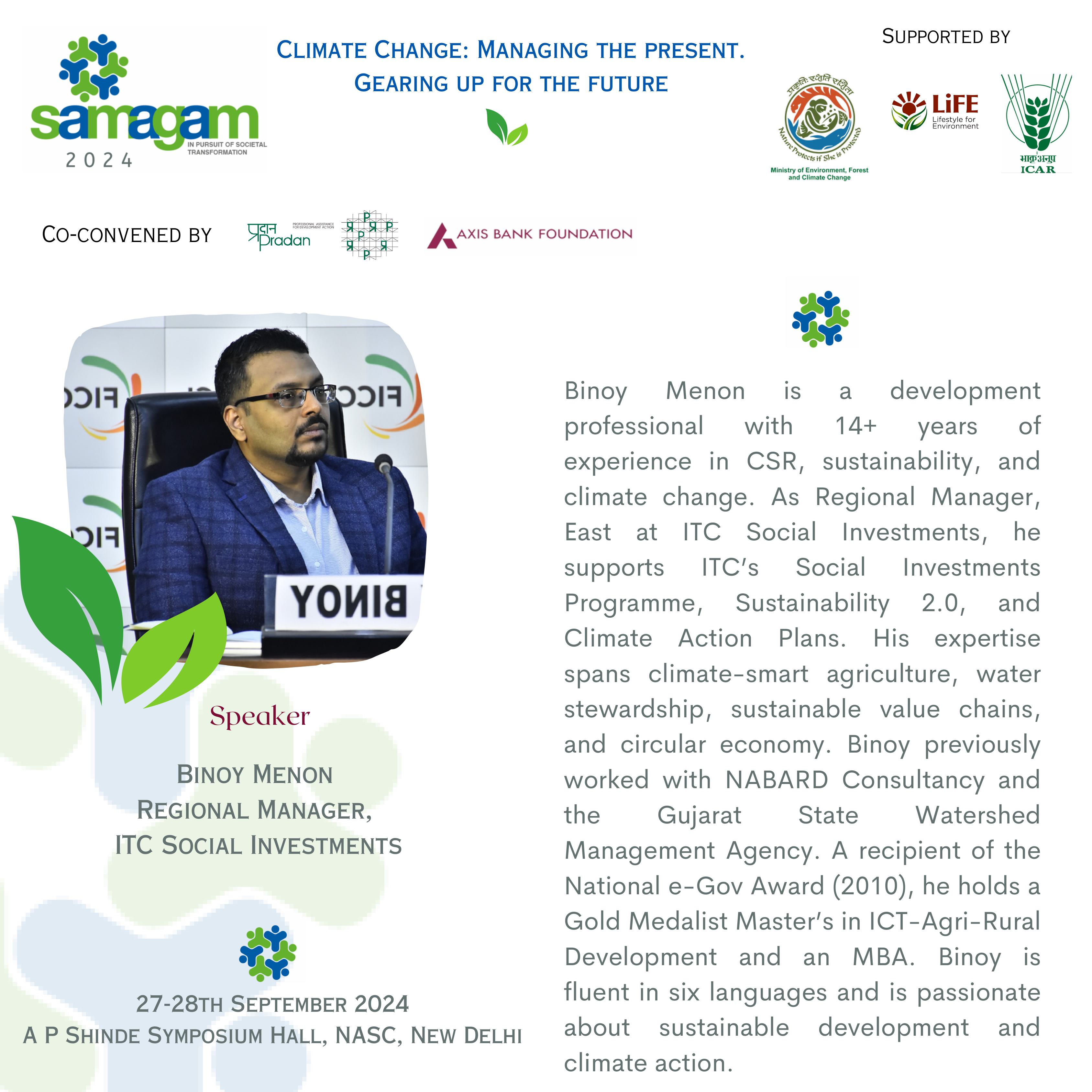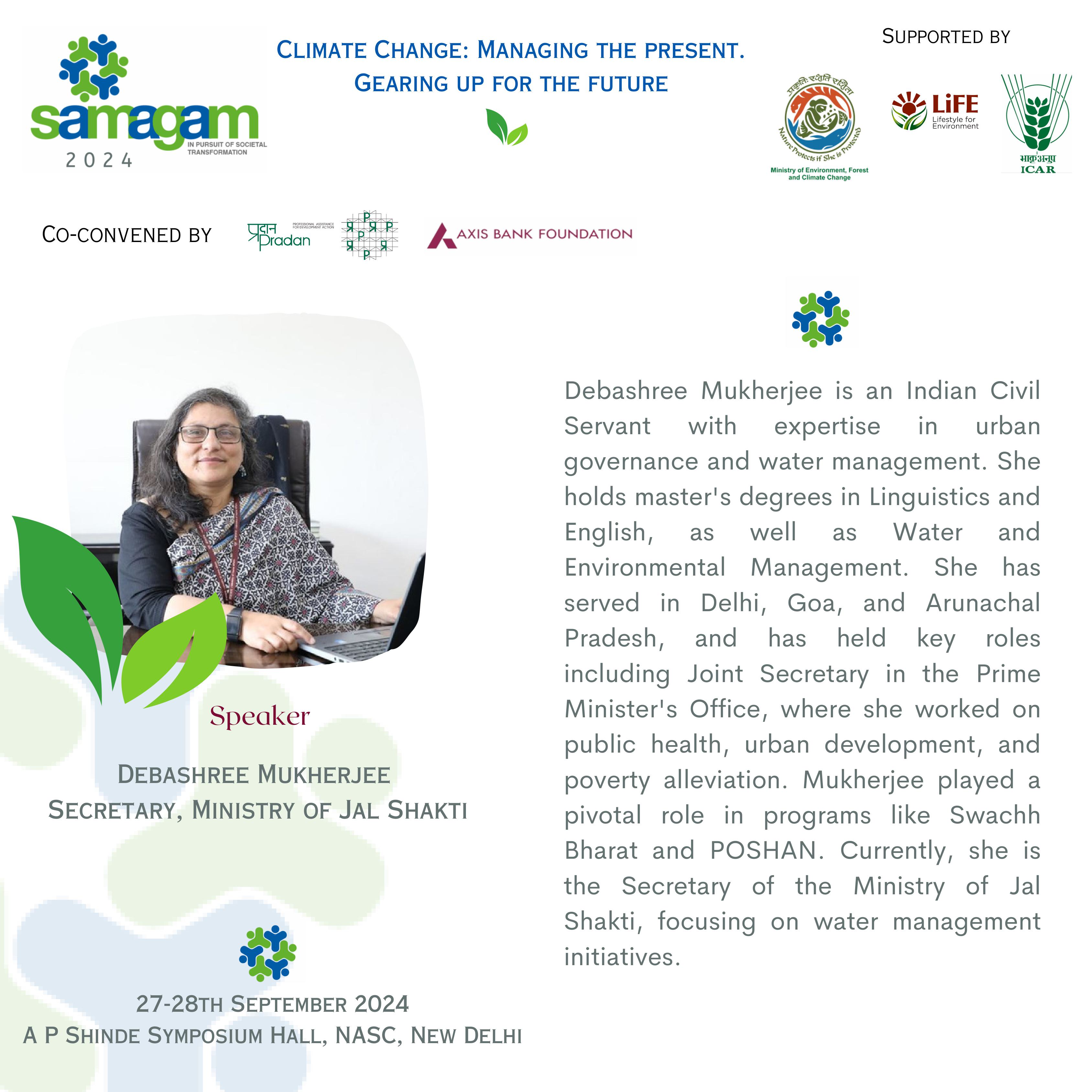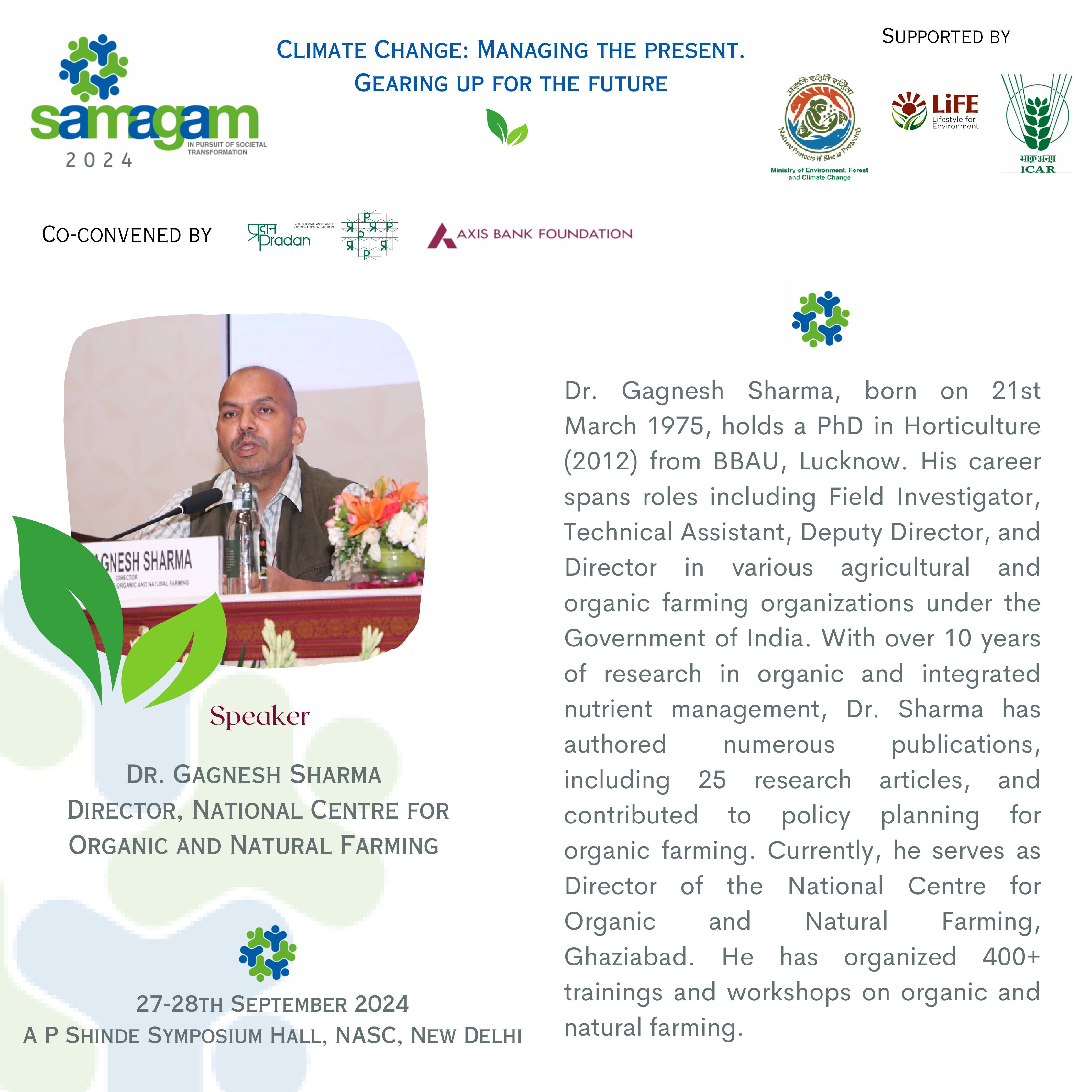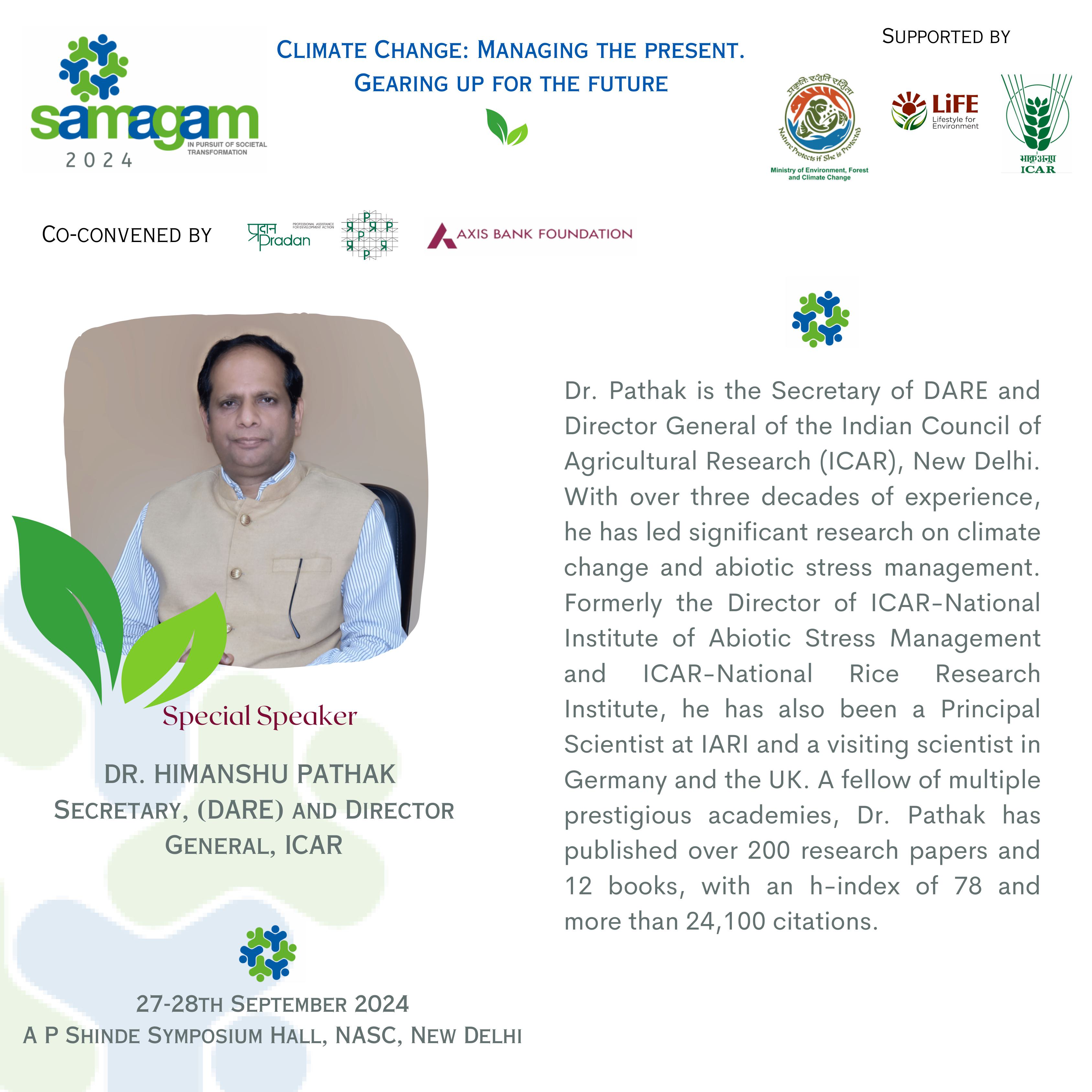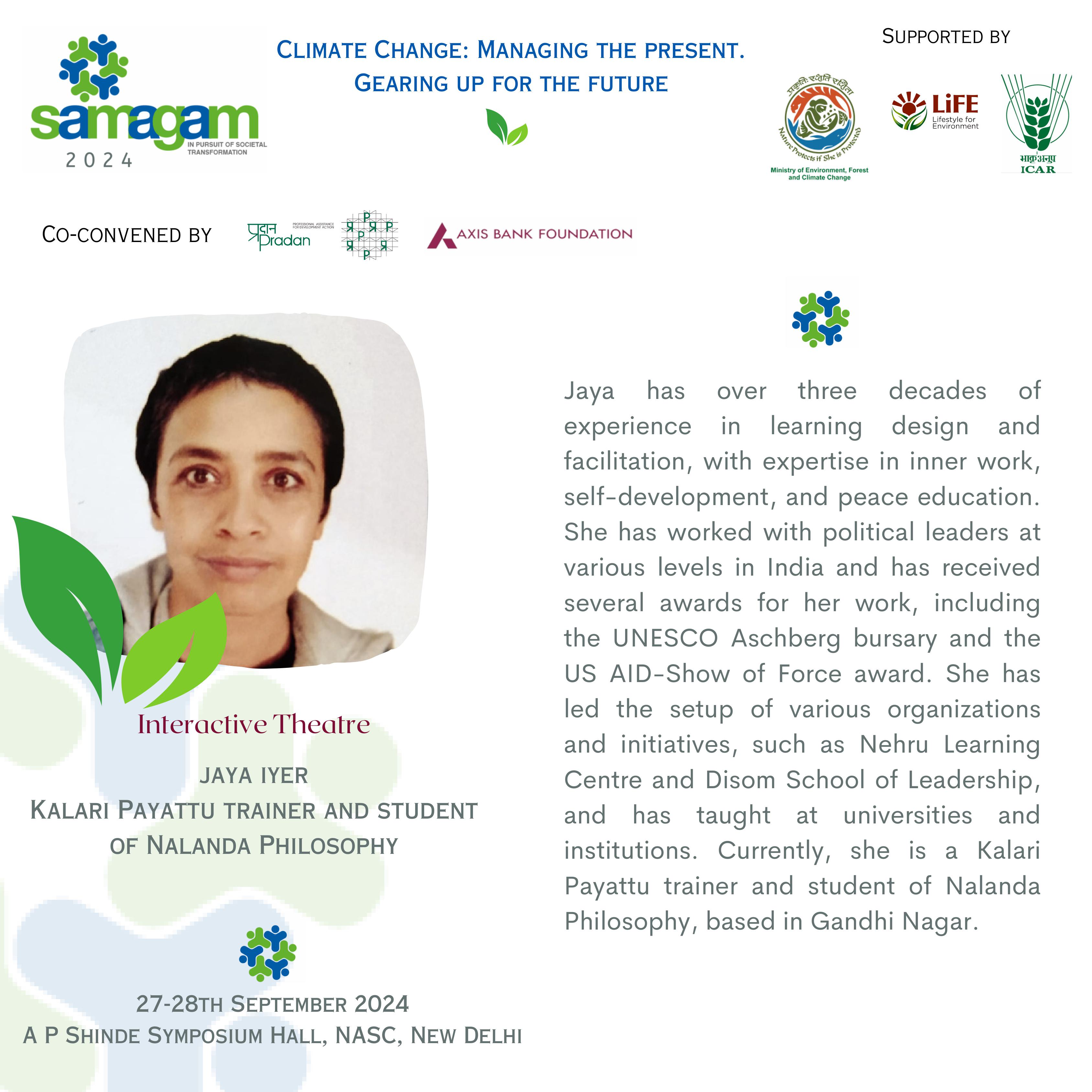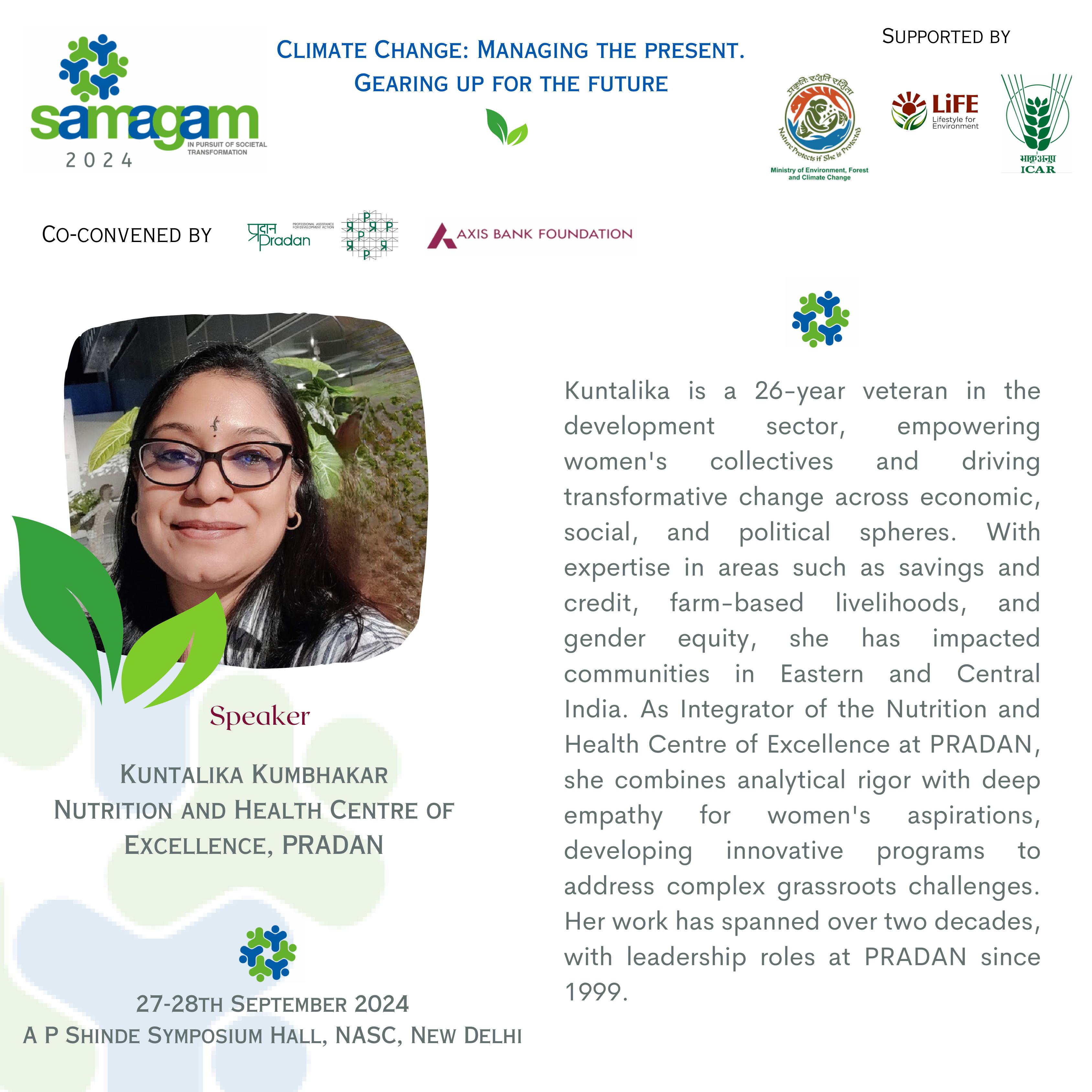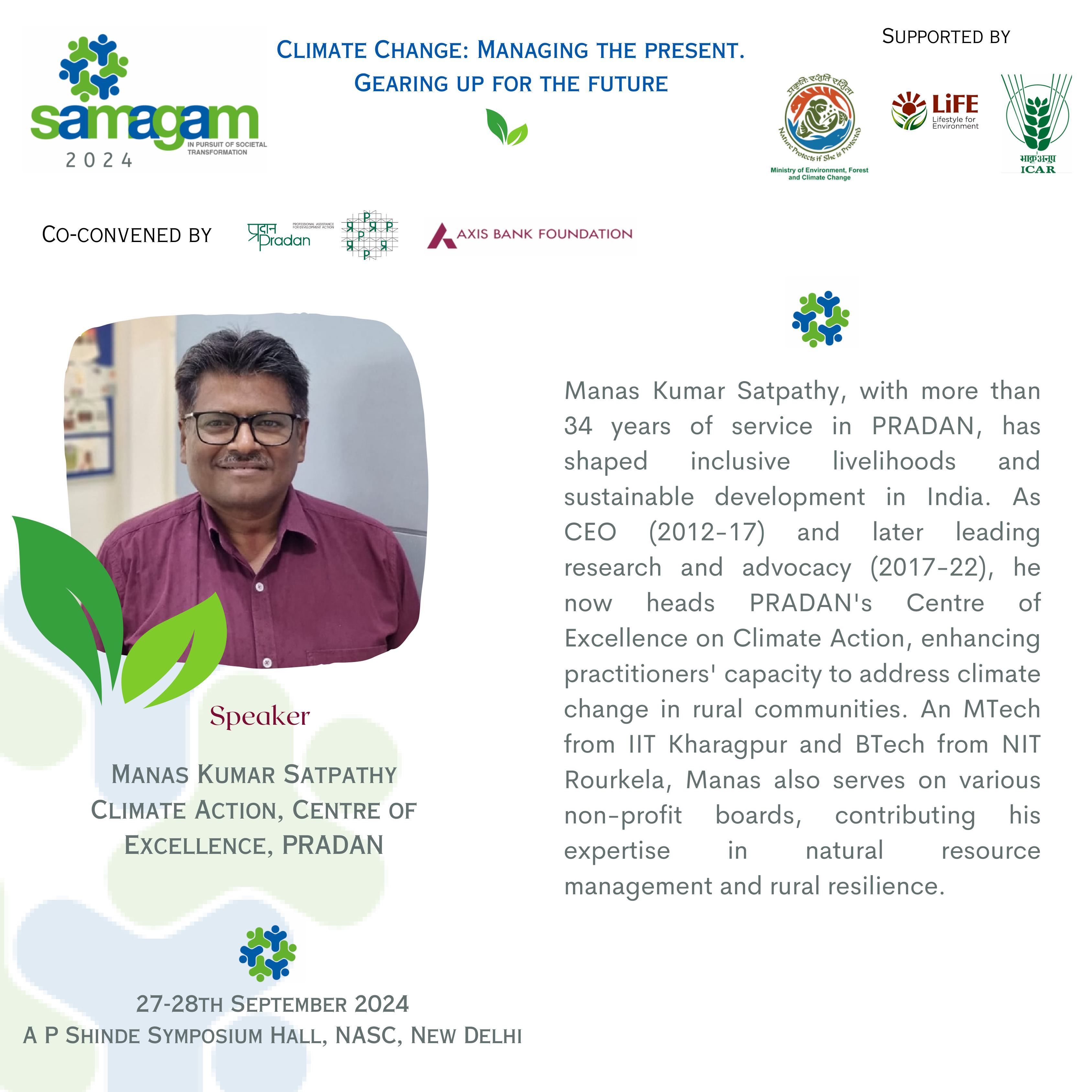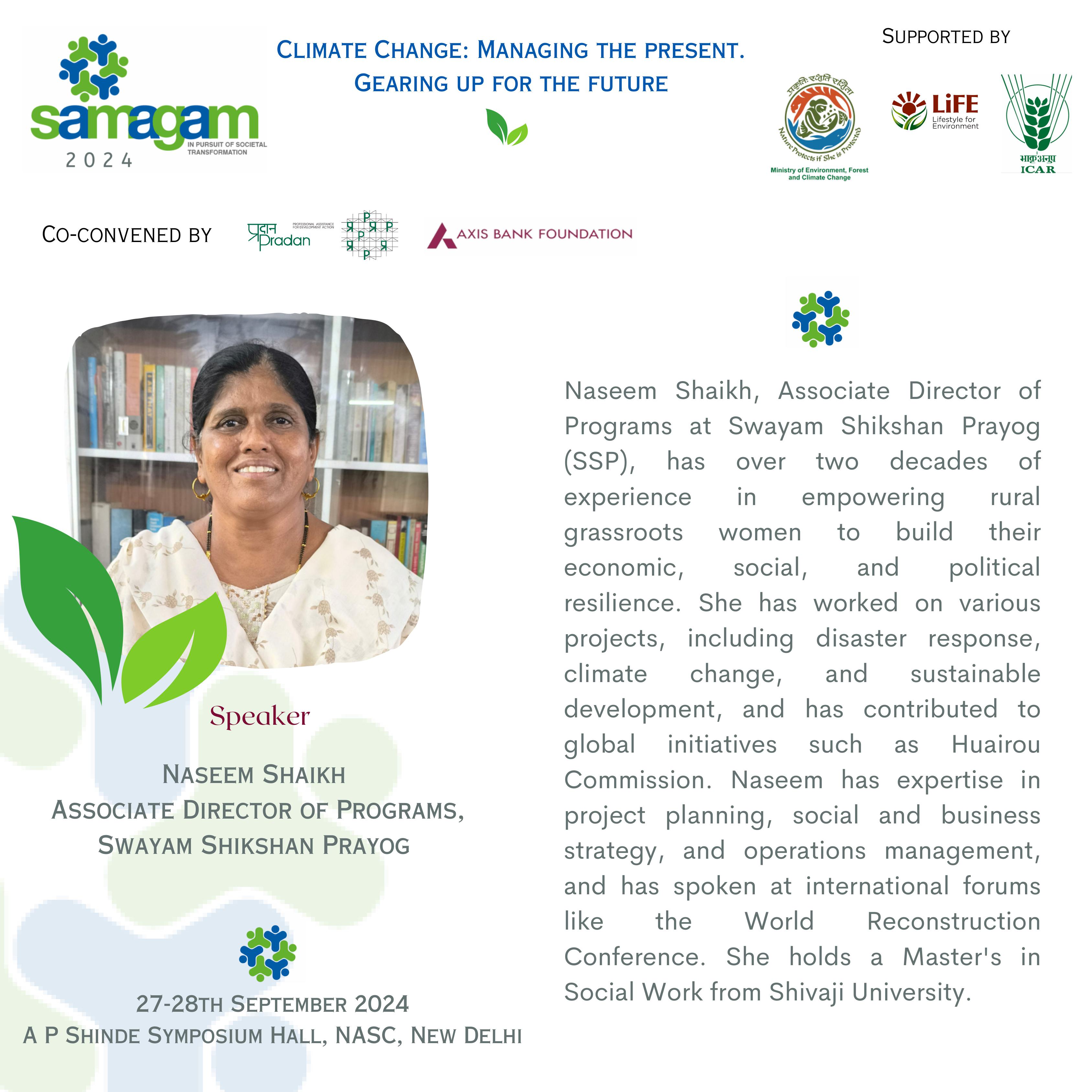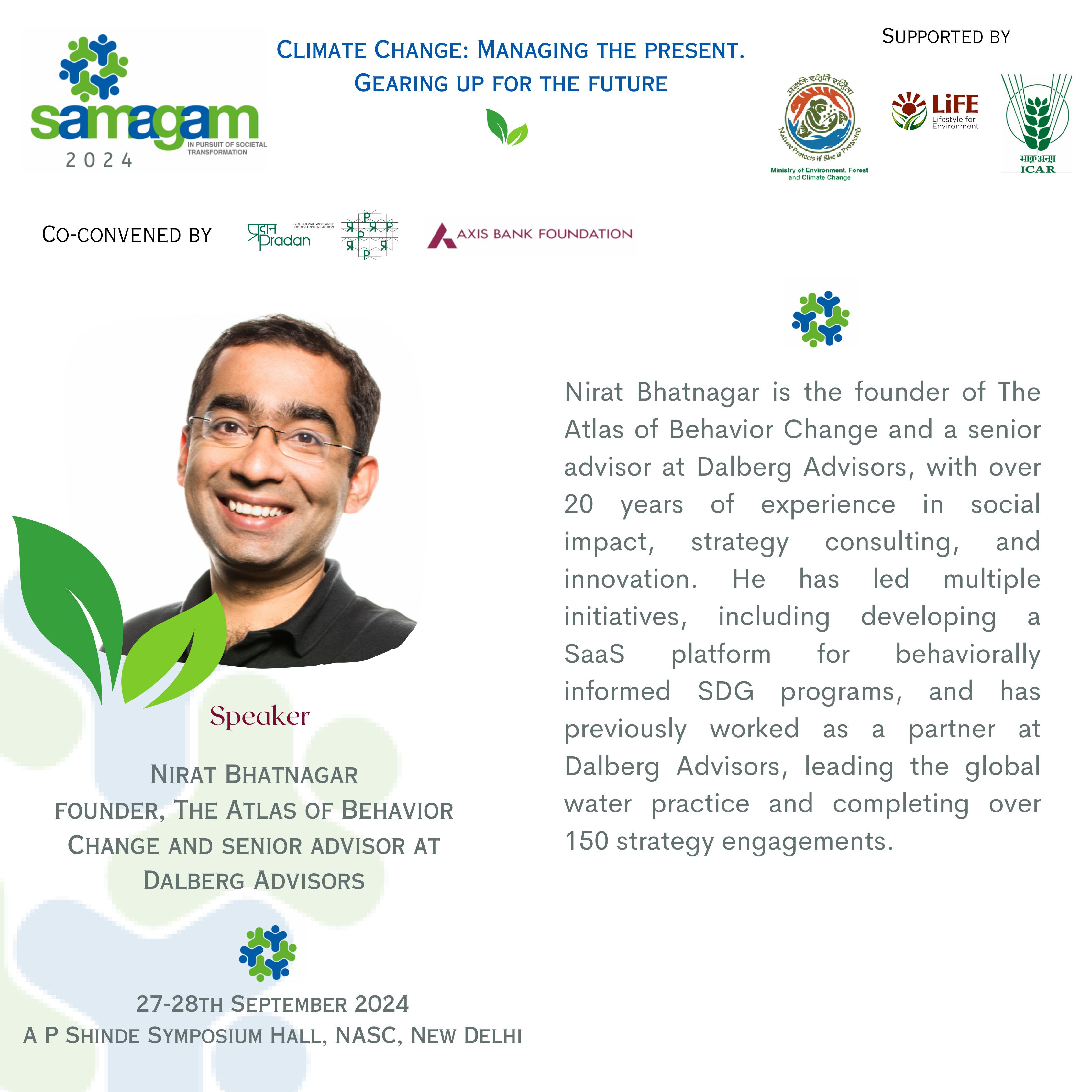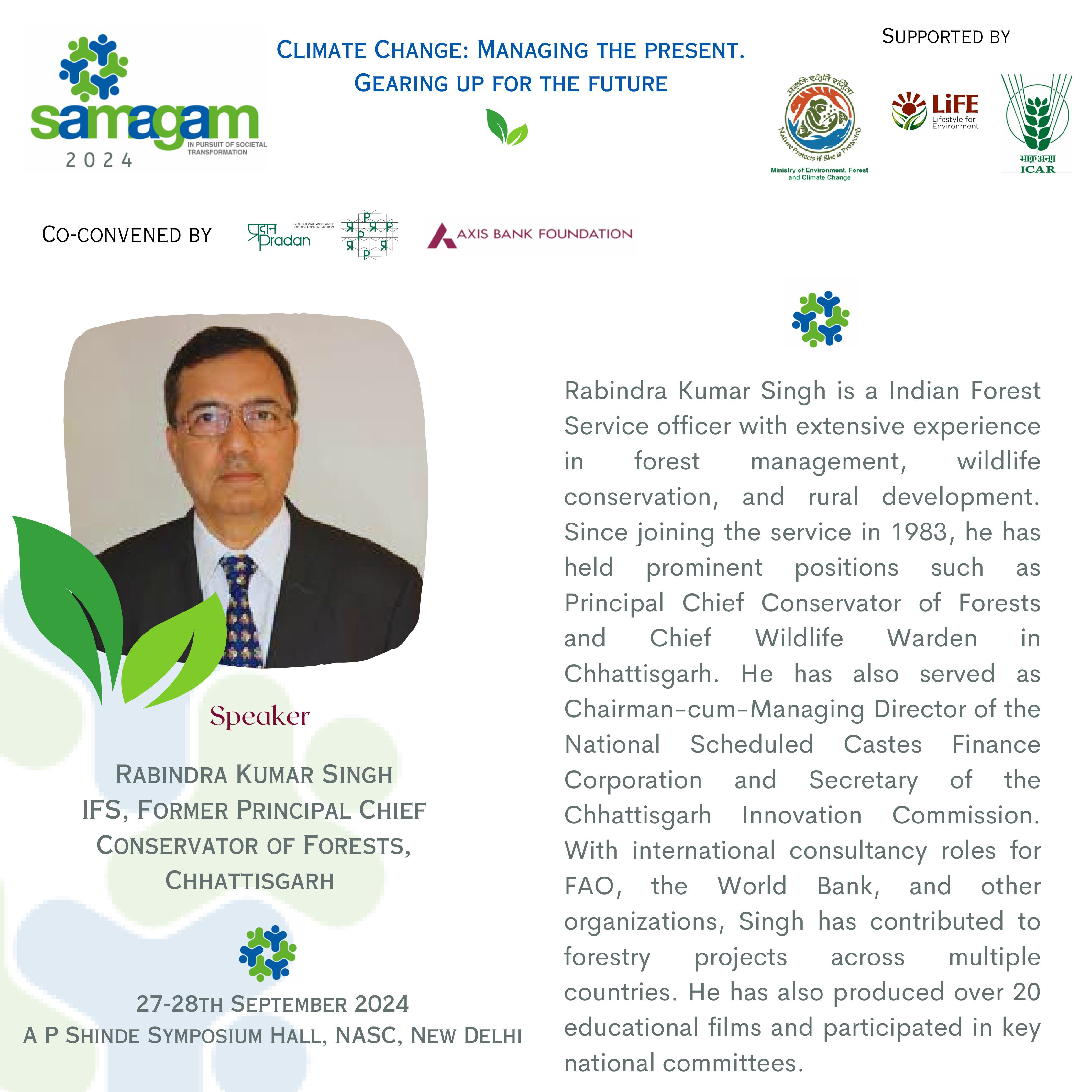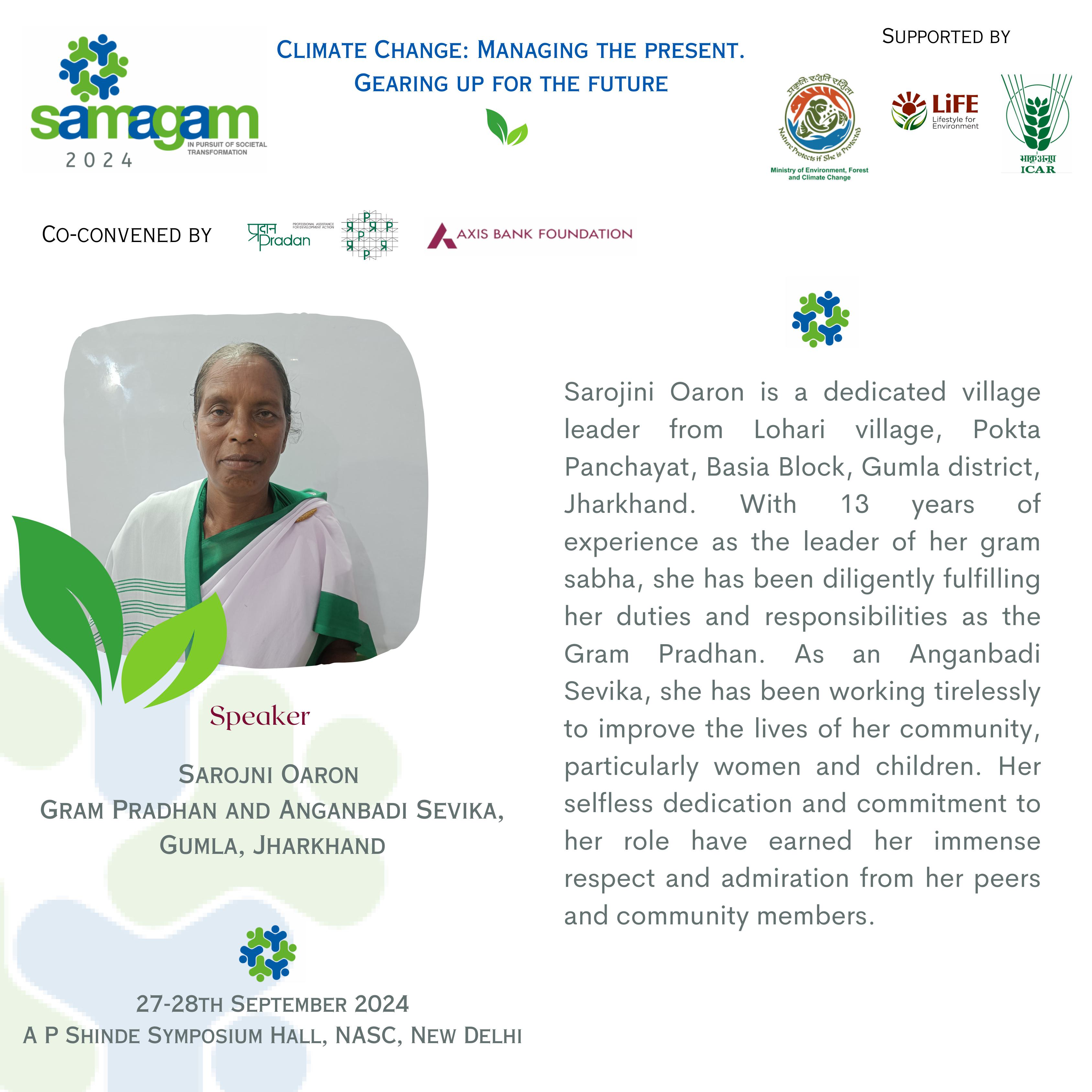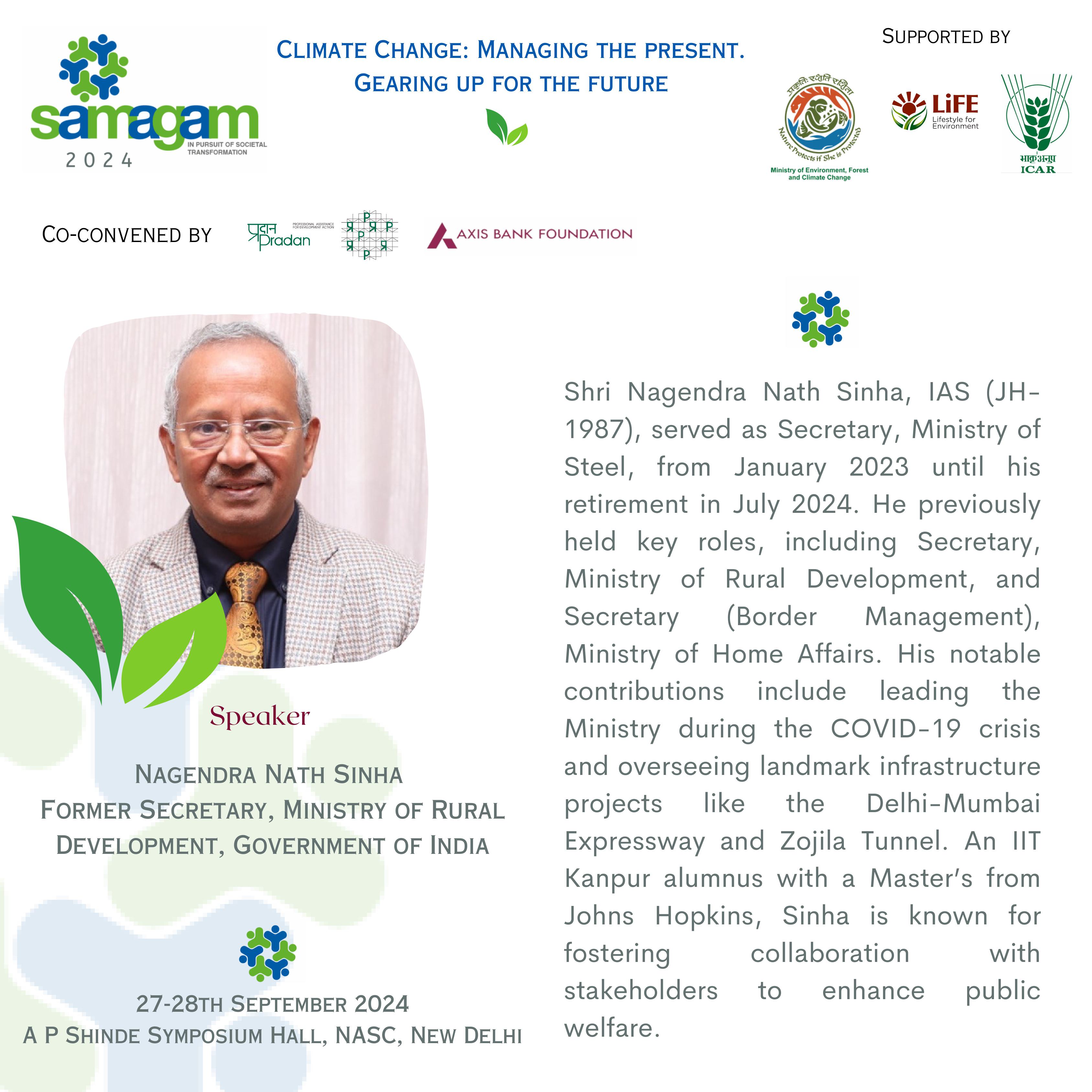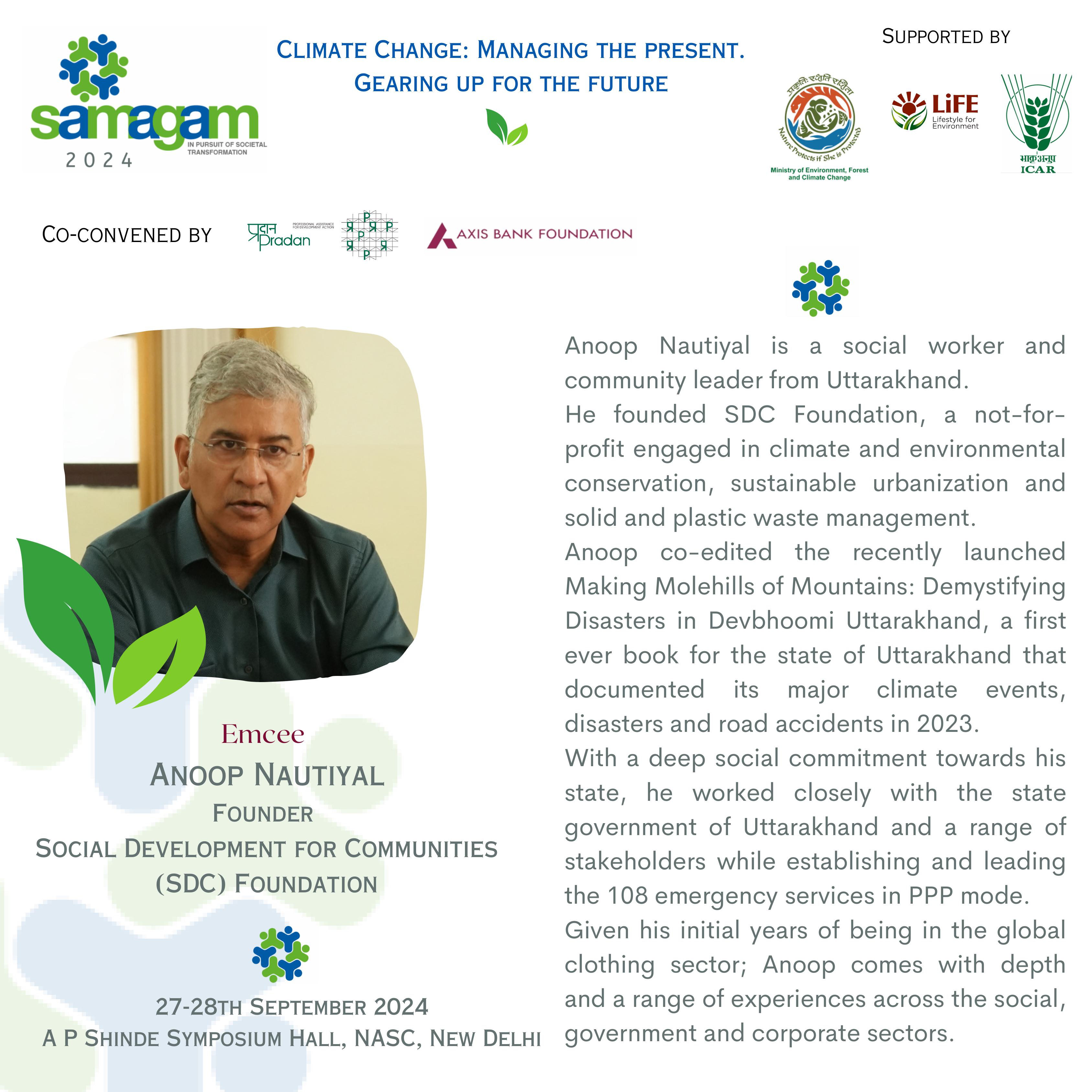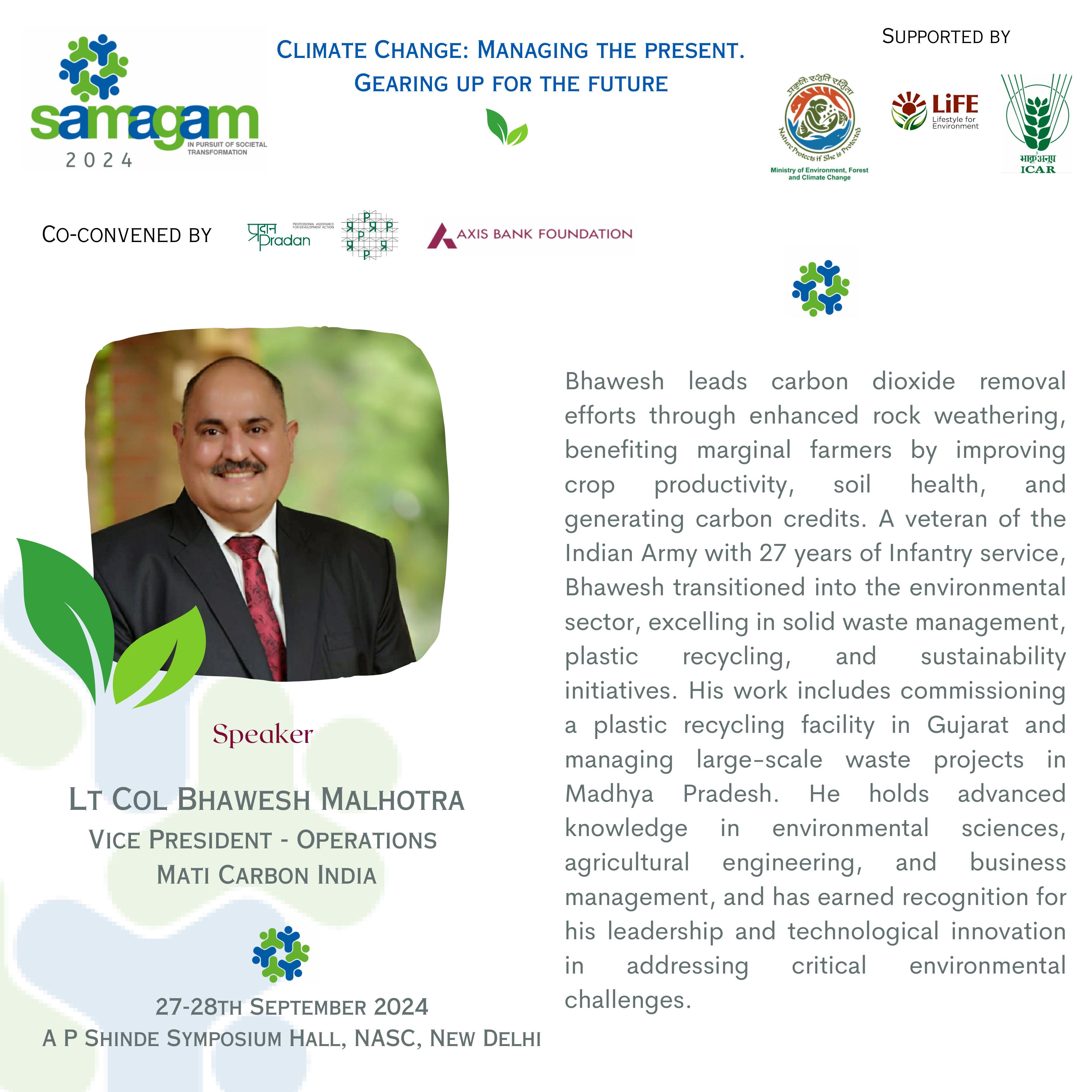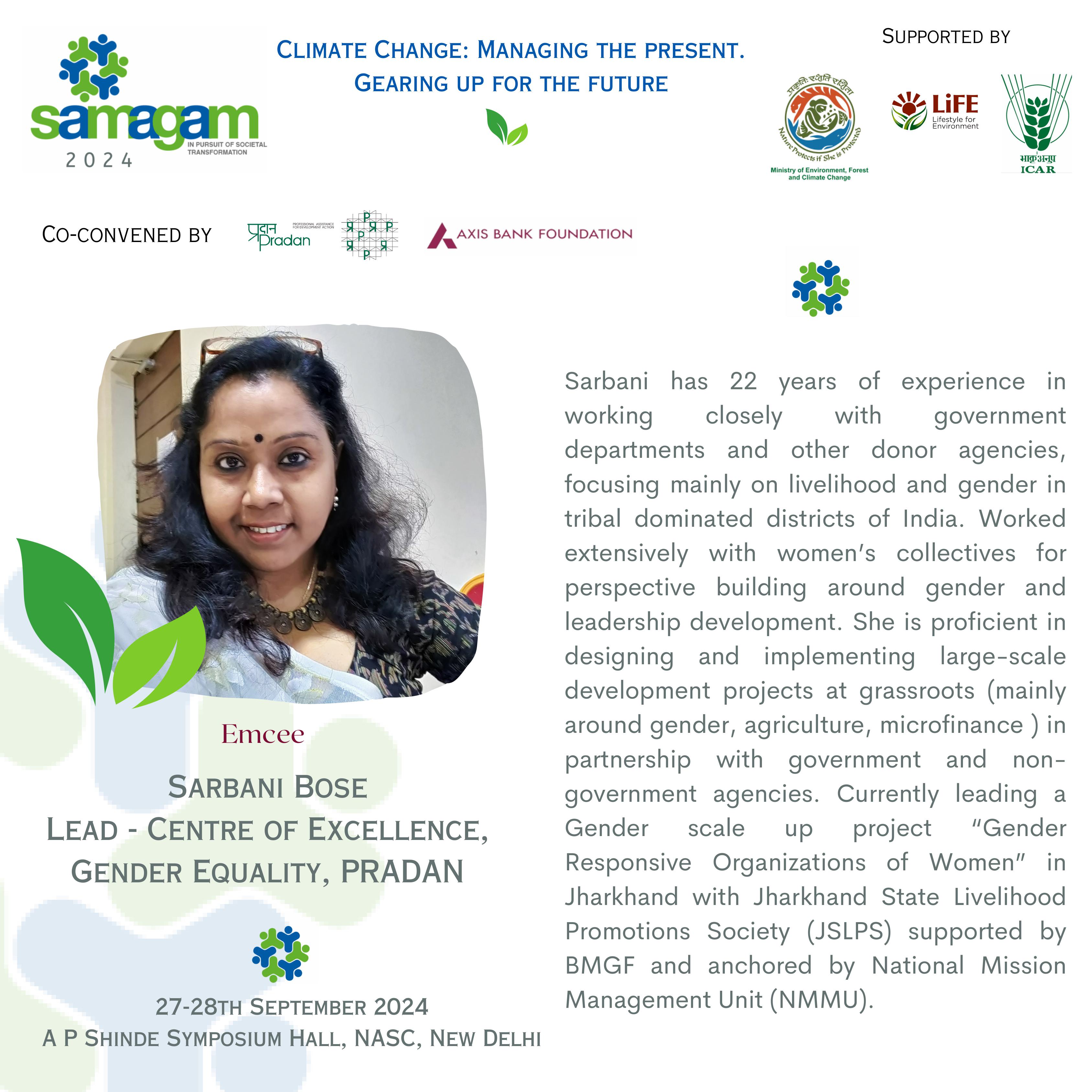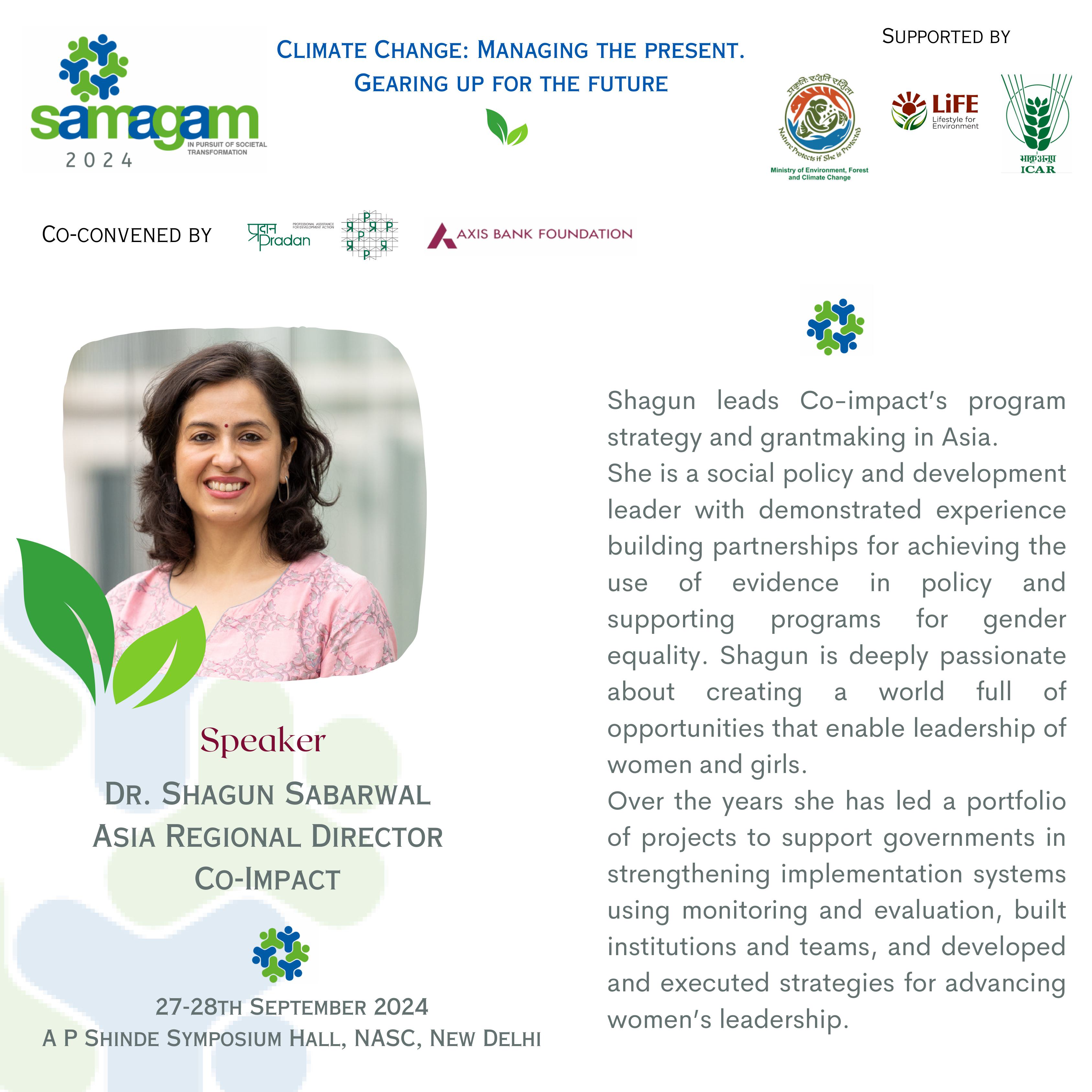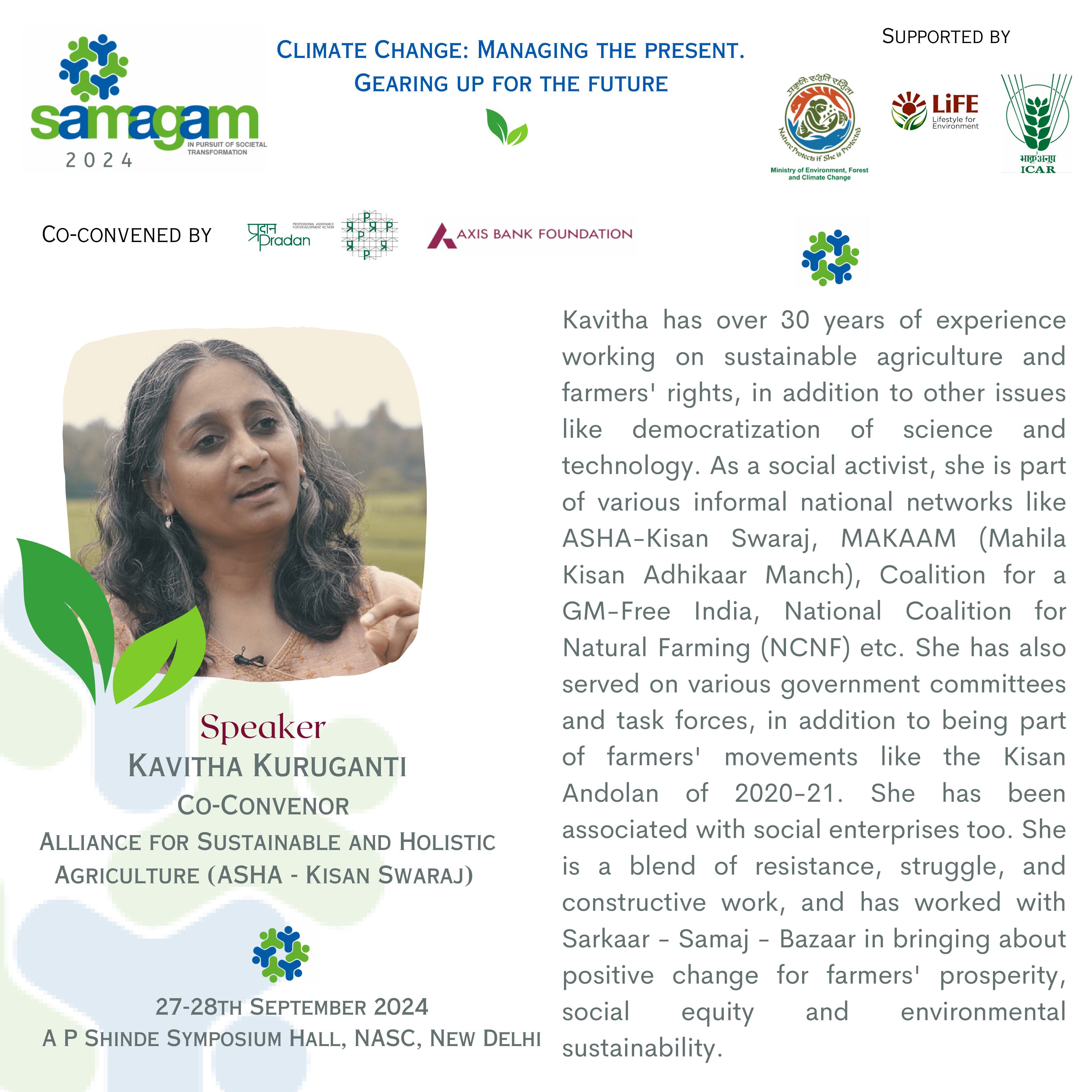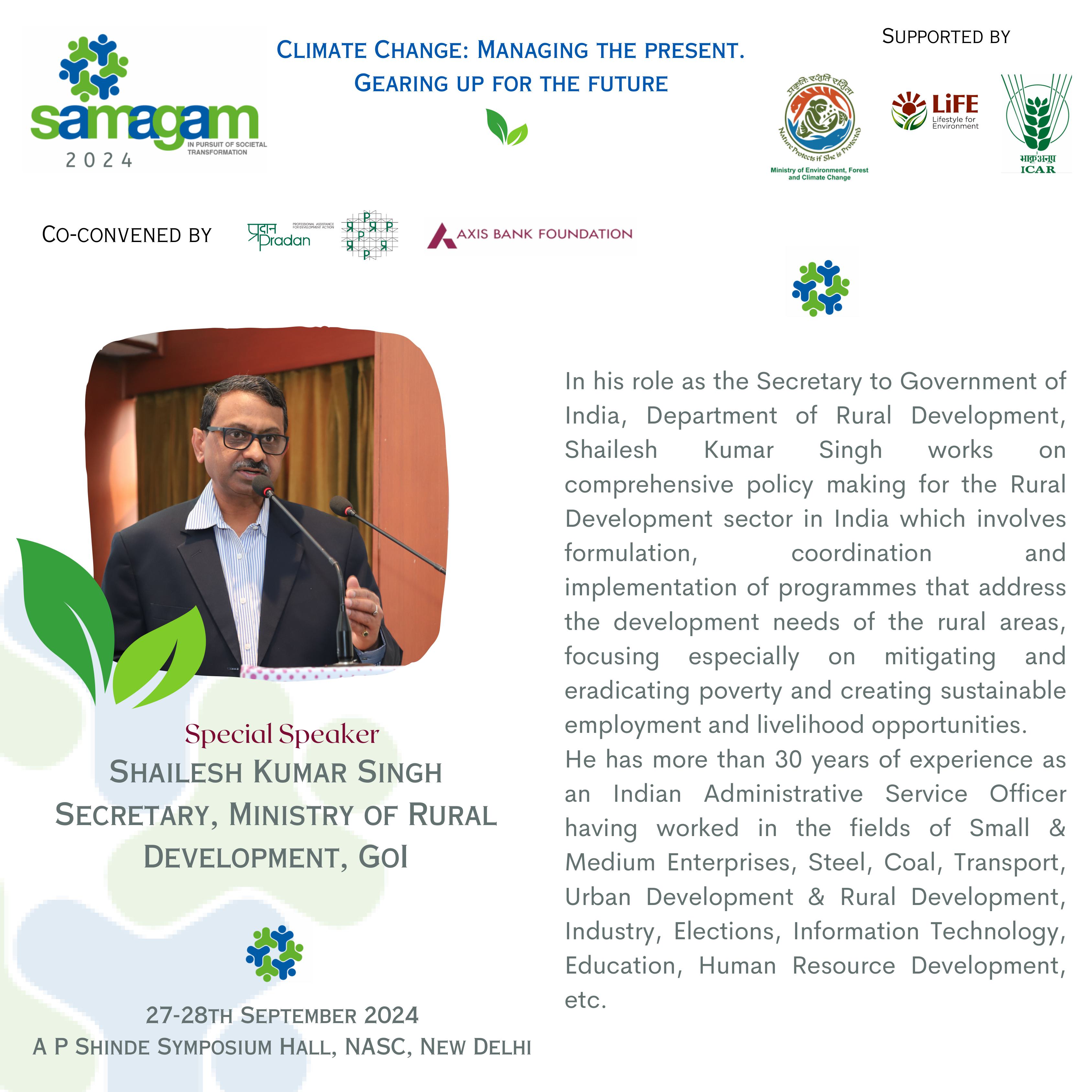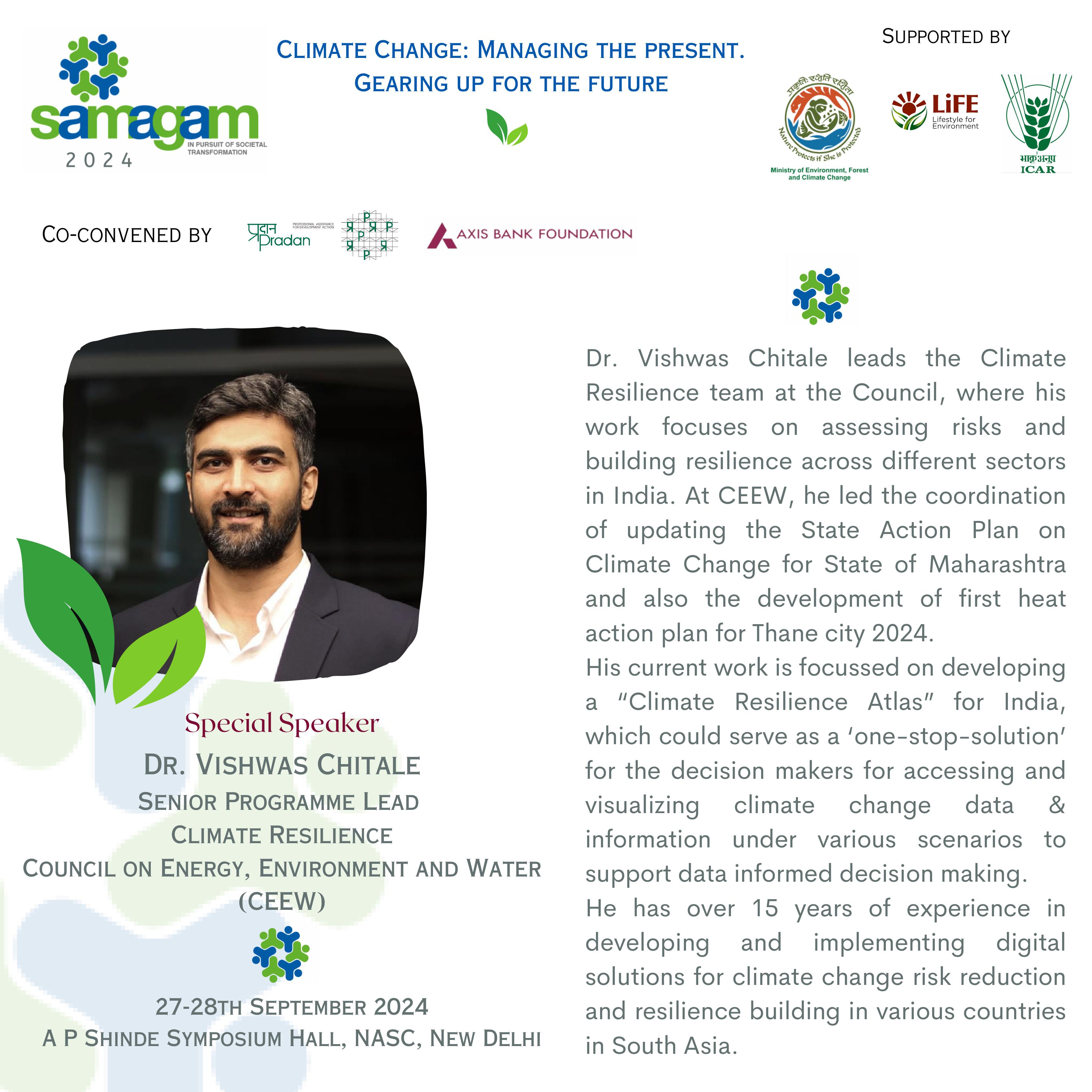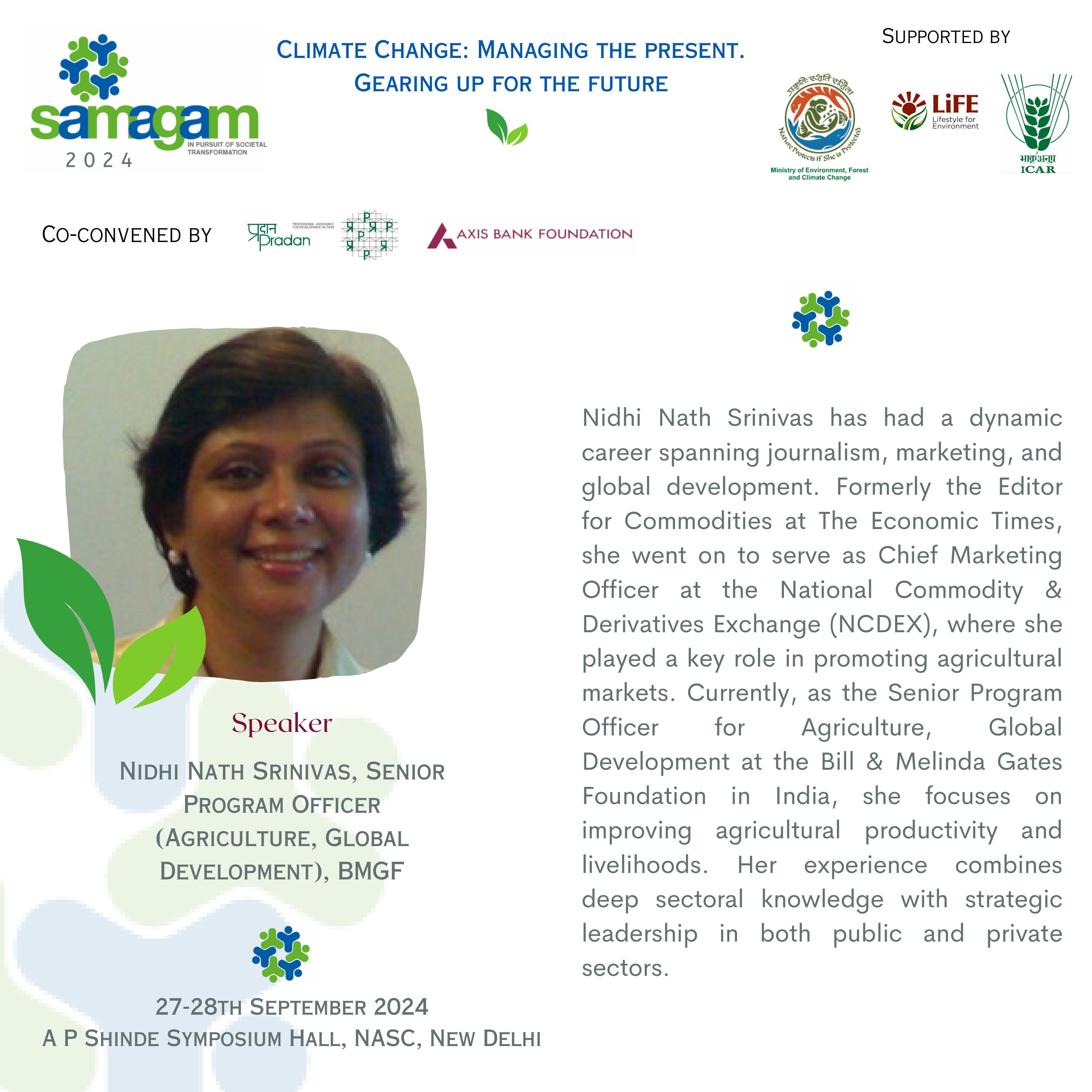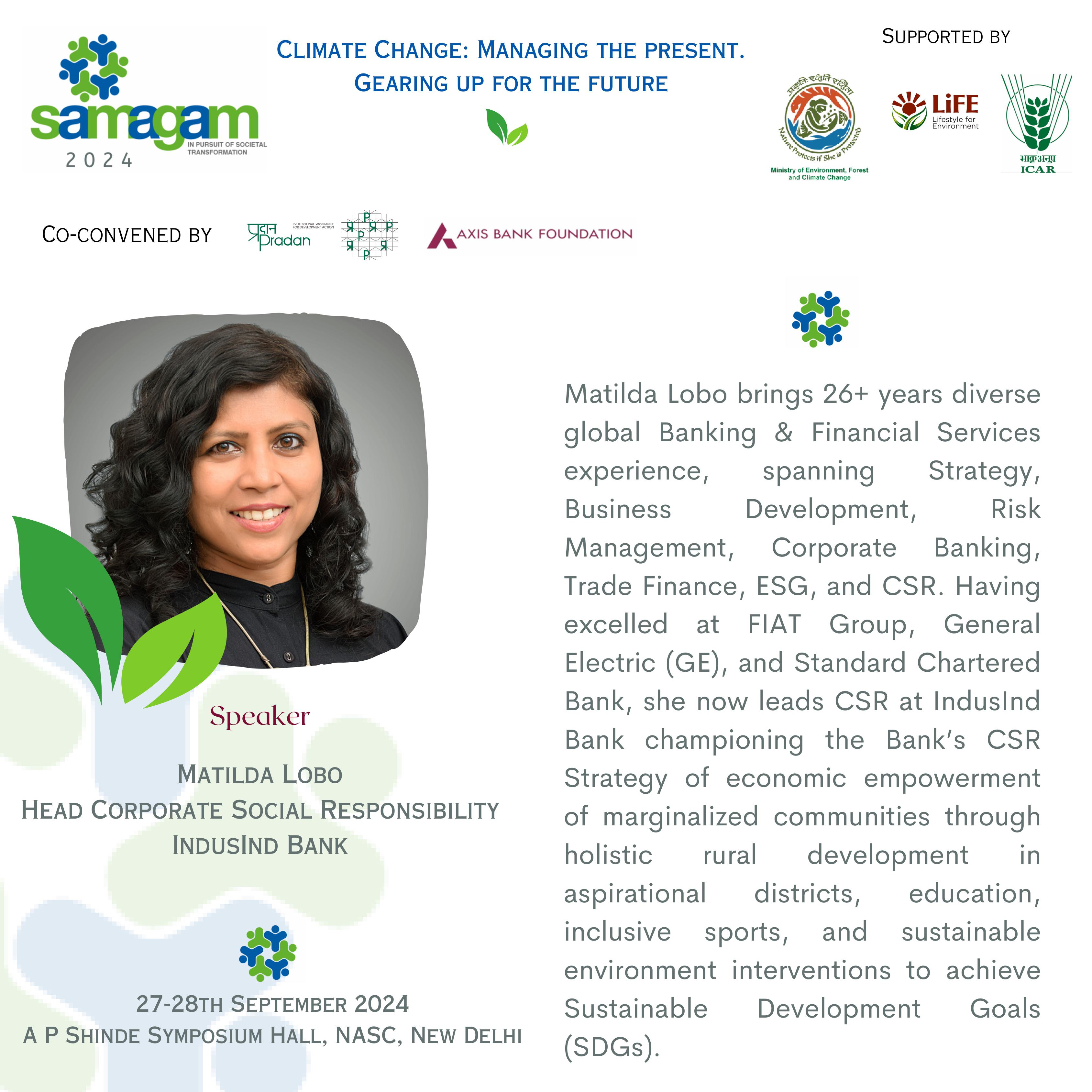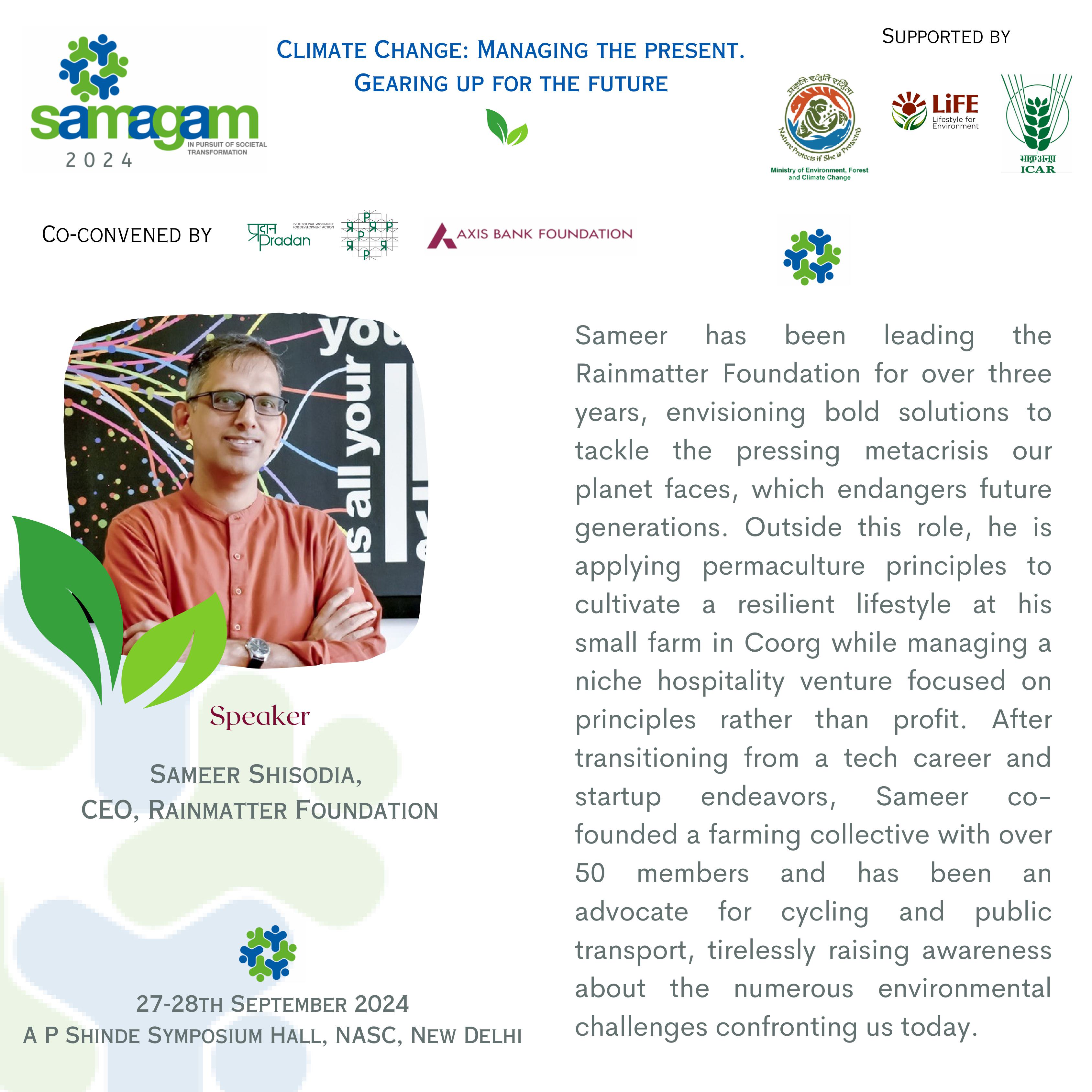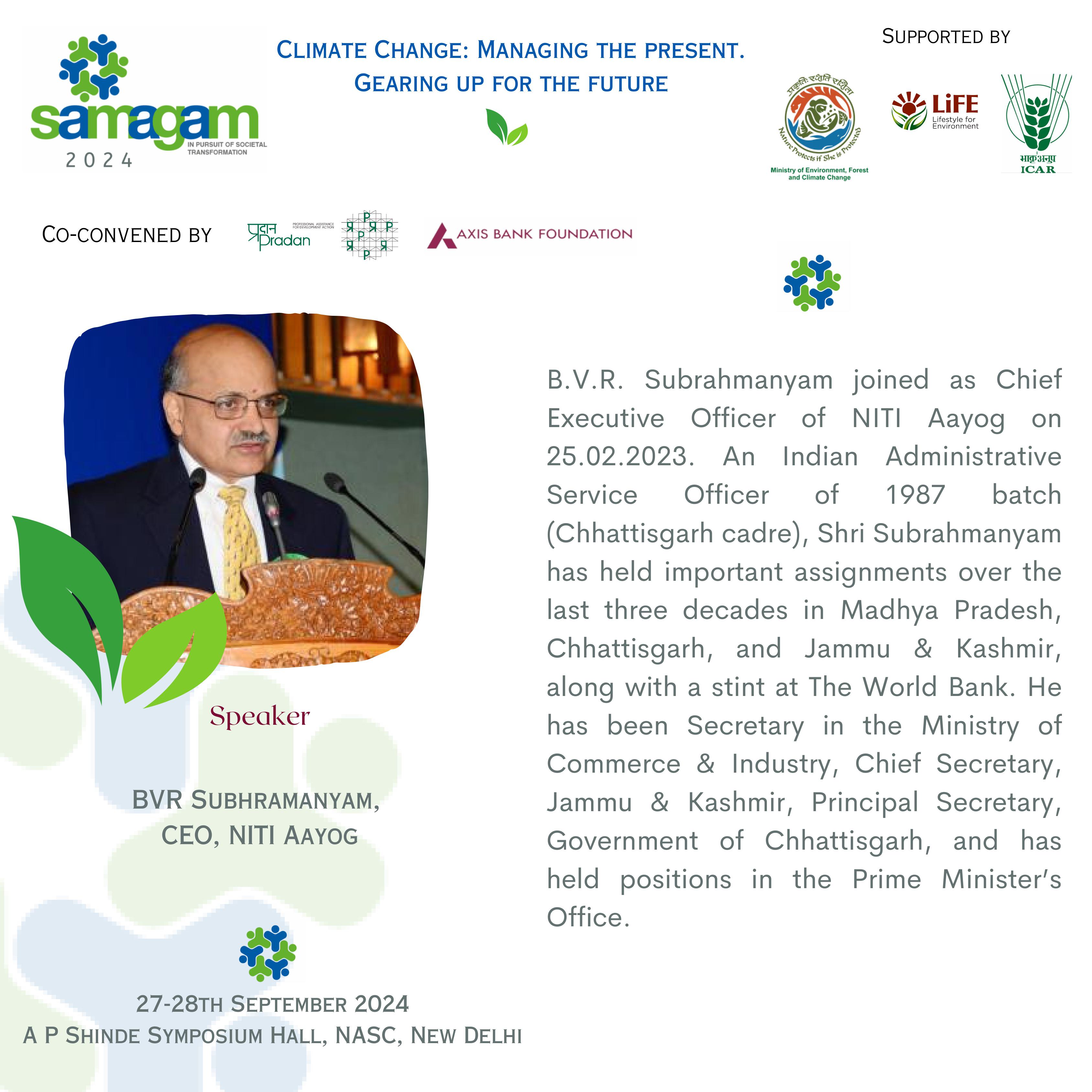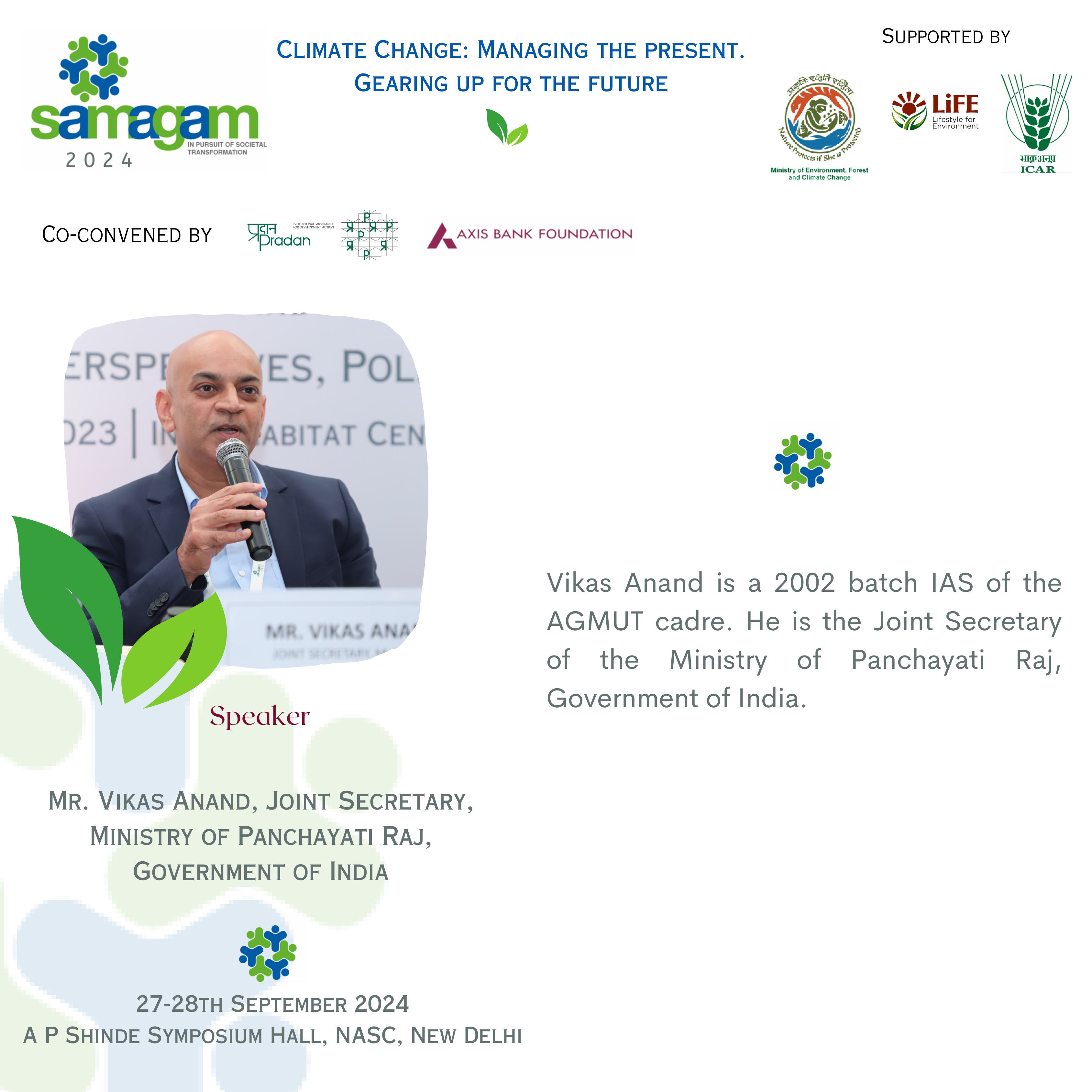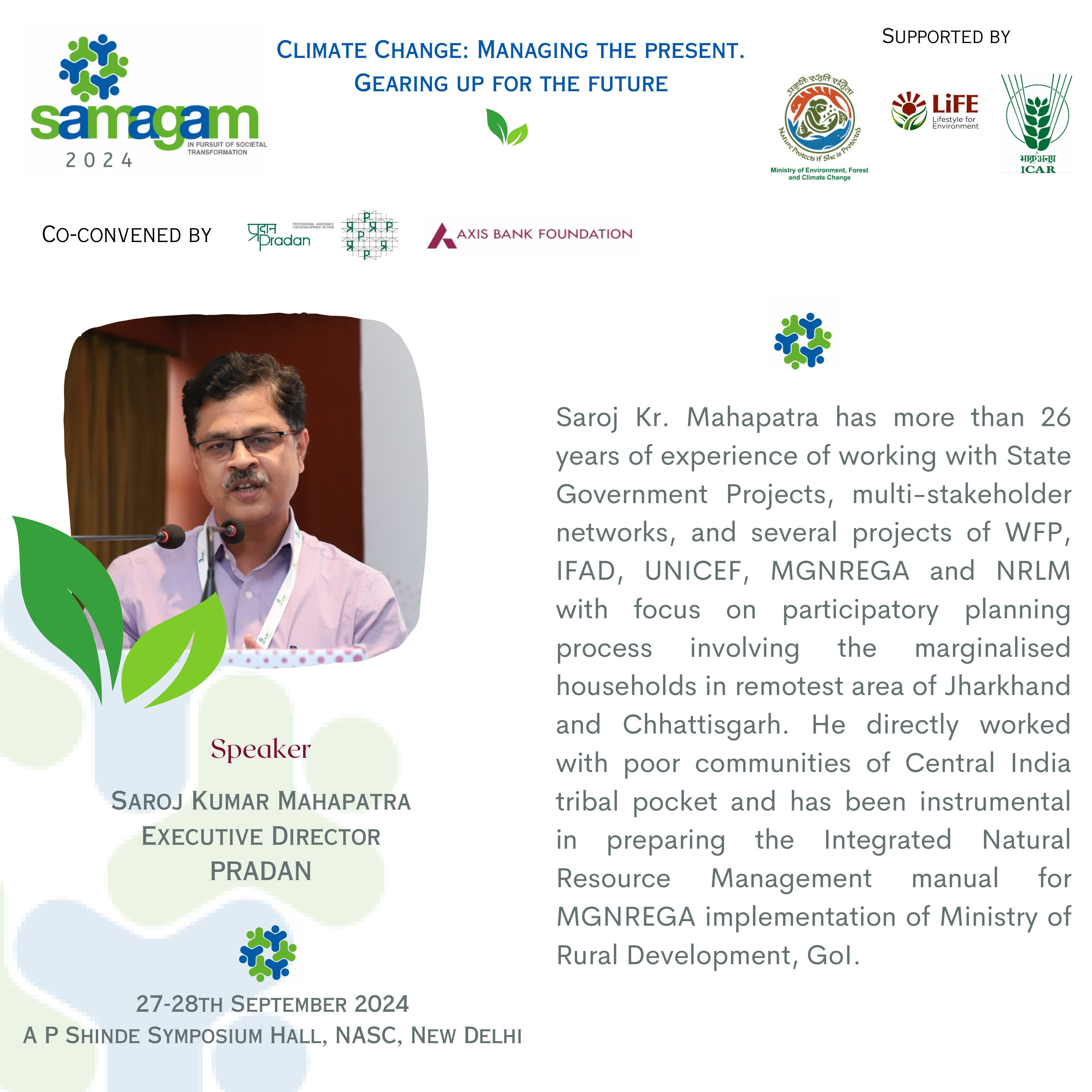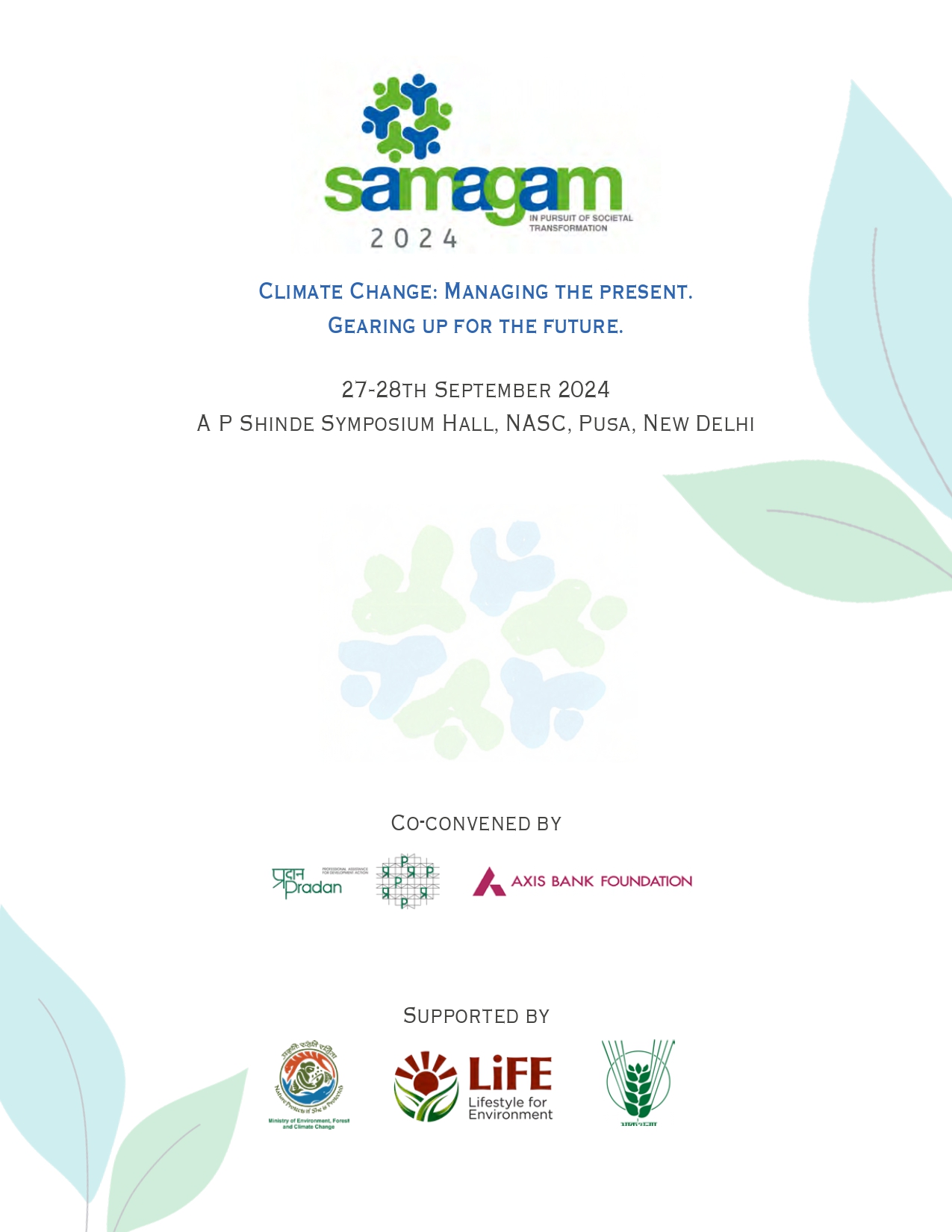Climate change : Managing the present. Gearing up for the future
Mahatma Gandhi in his own wisdom had stated, “There is enough for everybody’s needs. But not enough for everyone’s greed.” That “reality” is now threatening our future, our very existence like never before.
As we look to join the US $ 5 trillion economies club and become the third biggest economy in the world, we have also added 31 individuals to the billionaires club. In the process we are faced with the reality that 1% indiviudals own 40.1% of India’s wealth and 99% have access to only 59.9% of our wealth and resources. However, what is more worrying than the income inequity that we are faced with, is the serious degradation of our ecology that we have caused in our pursuit to derive maximum benefits from our natural resources like soil, water, forests, air, minerals etc.
We are now up against a climate crisis as experienced in a temperature increase of 0.7 degree Celsius, air quality levels that touch average annual PM2.5 concentration of 54.4 micrograms per cubic meter, loss of more than 12 million hectares of forest cover every year globally, soil that has increased nitrate due to excess fertilisers, and Indian towns facing a severe water risk by 2050. Not to forget continuous cycles of floods and droughts that are making our agriculture hugely suscept to the vagaries of nature and a loss making proposition for the potential farming community of tomorrow.
If we are to find solutions to the existential threat that we face, it is important that we understand and accept the nature and extent of crises we have “willingly” created for ourselves. It is only then can we begin to deal with these problems and challenges. While mitigation of climate change is likely to be a limited option for a country and economy like India, especially the underserved and marginalized communities who face the maximum brunt of the impacts of climate change, we will need to find ways to suitably adapt to the realities of climate change issues. Whether we represent the Corporates, the Government, the Civil Society, the Media, the Academia or simply the citizens of this country, we need to shed our narrow views and personal intersts and collaborate like never before to save the earth and its environment for the genrations to come, who are looking at us expectantly to defuse the climate bomb that threatens to explode in our faces.
Samagam 2024 seeks to provide a platform and forum to facilitate dialogue and collaboration among CSOs, Government, and Private Sector Partners to lay bare the issue of climate change and catalyze joint efforts towards a sustainable future. Highlighting the realities that we need to come to terms with, sharing experiences of groups and communities that are working to find ways of adapting to the situation, focusing on the policy change needs, role of youth and community engagement would form part of the agenda for the event that will seek to evince the power of collaborative action and commitment from each of the stakeholder groups to play their respective roles in making this a better world for all of us, and for the genrations to come.
Date: July 7, 2024
FILMS
CO-CONVENED BY


SUPPORTED BY




